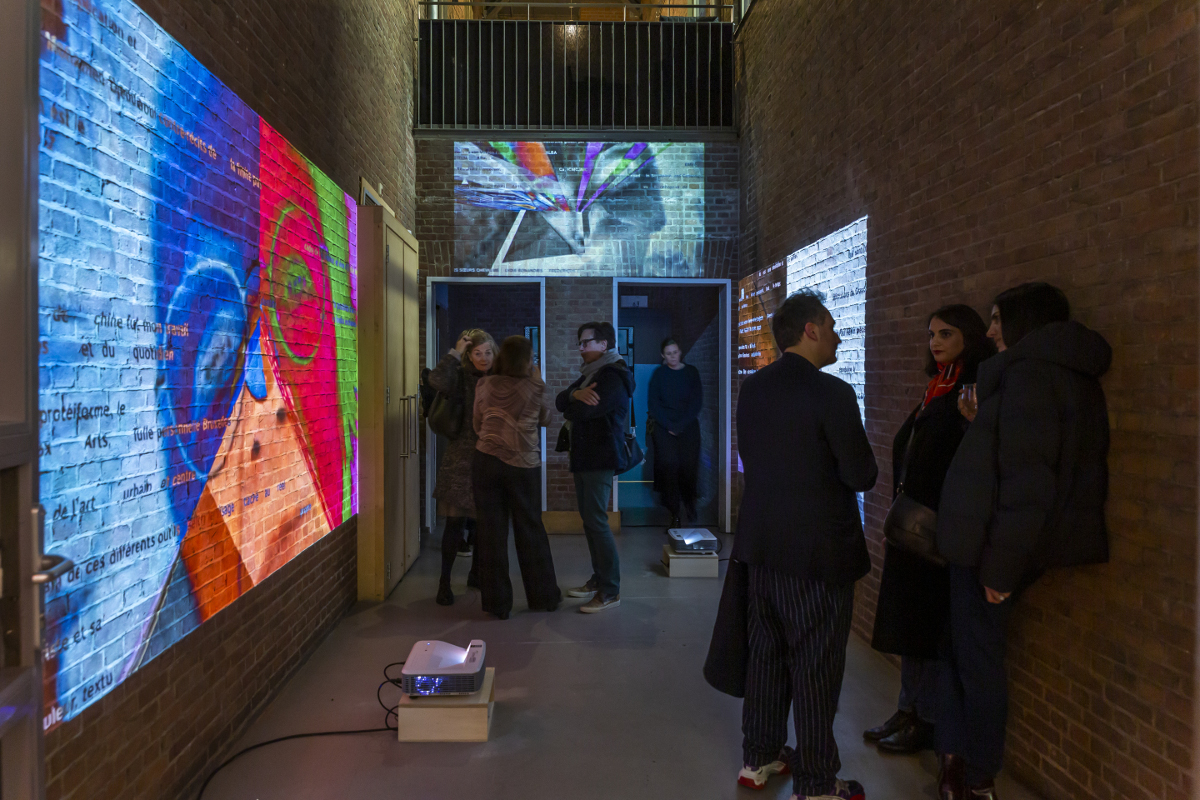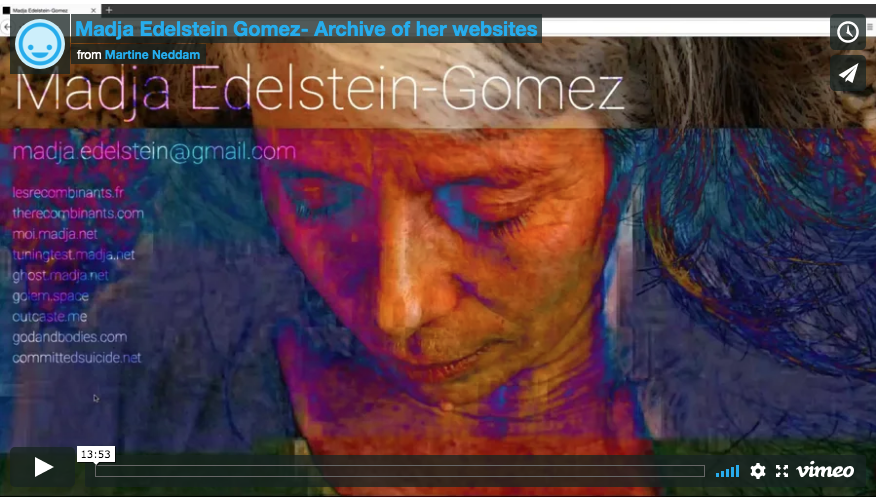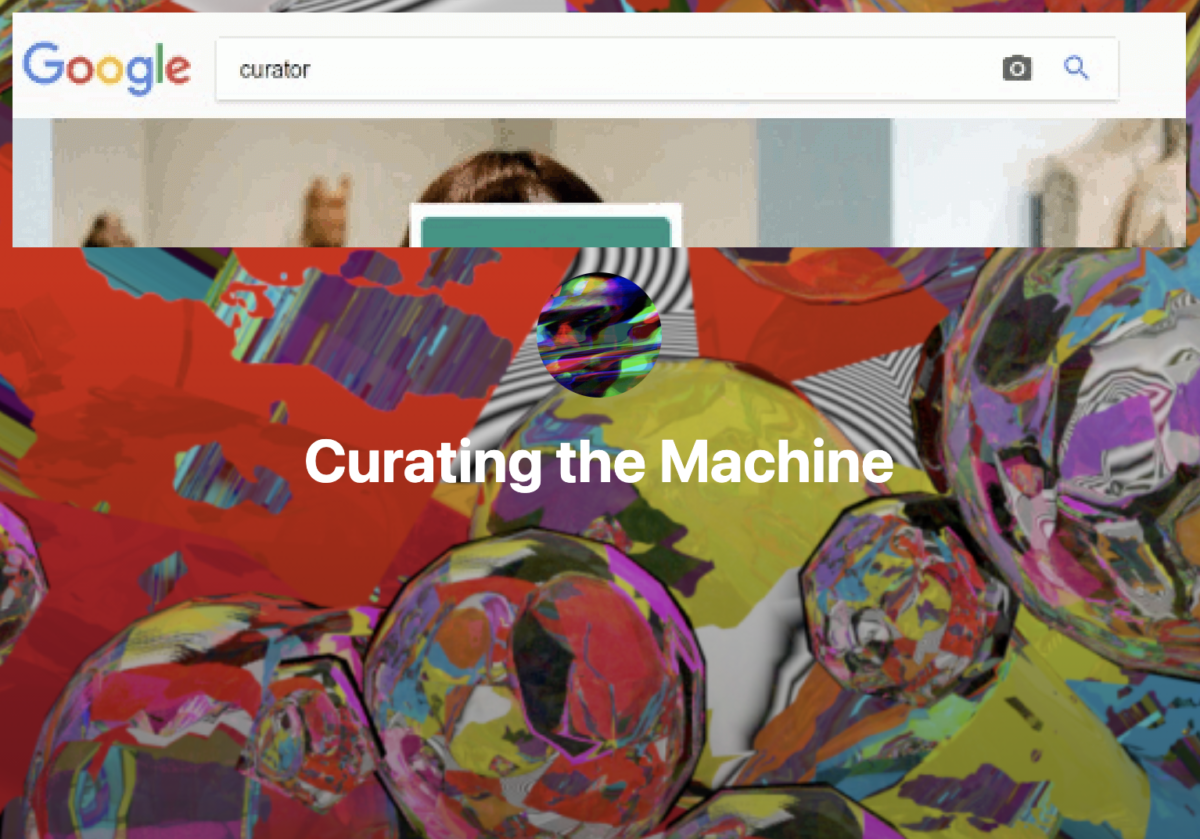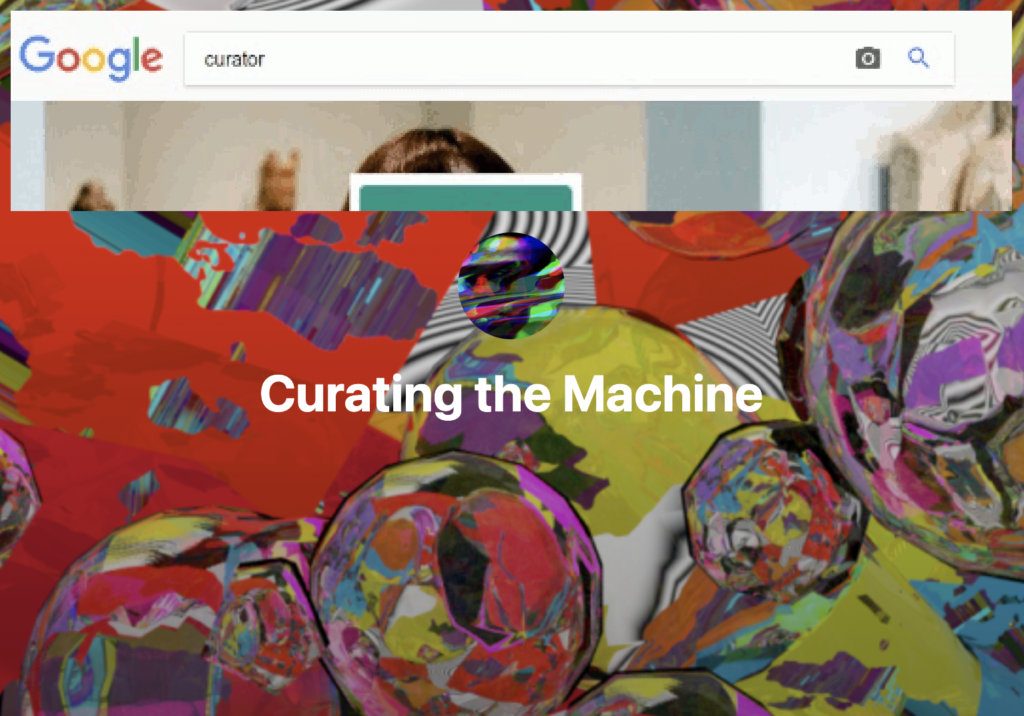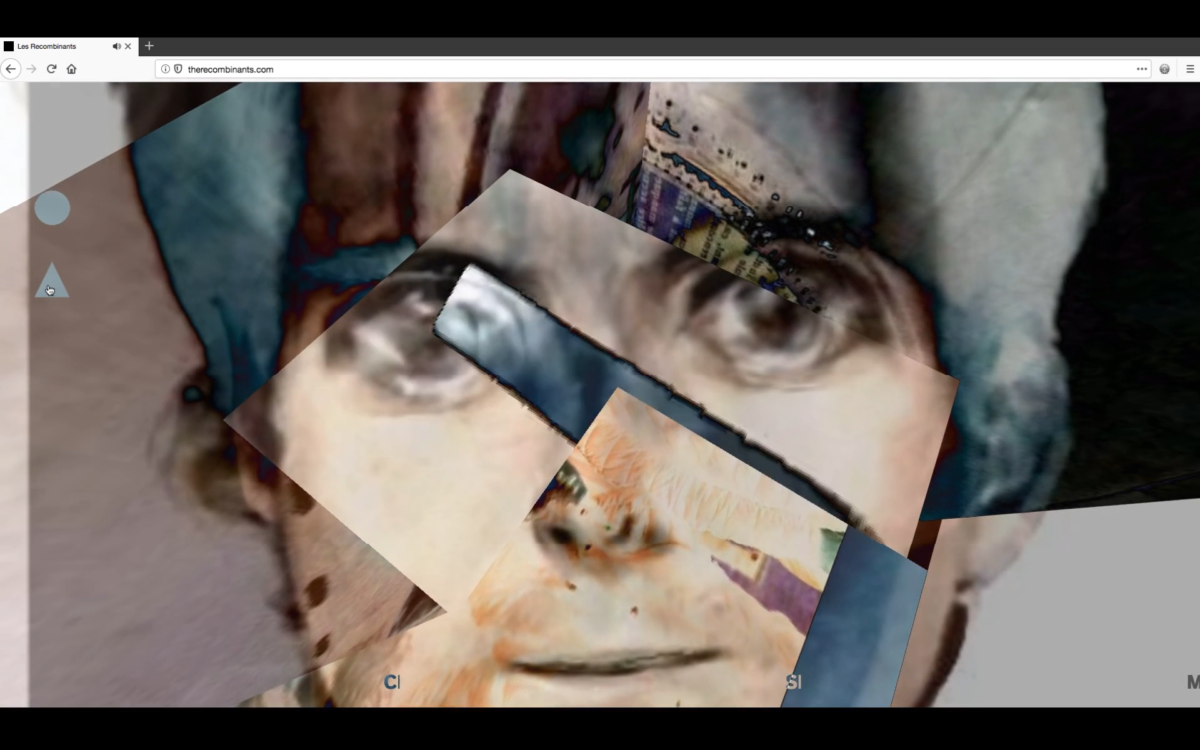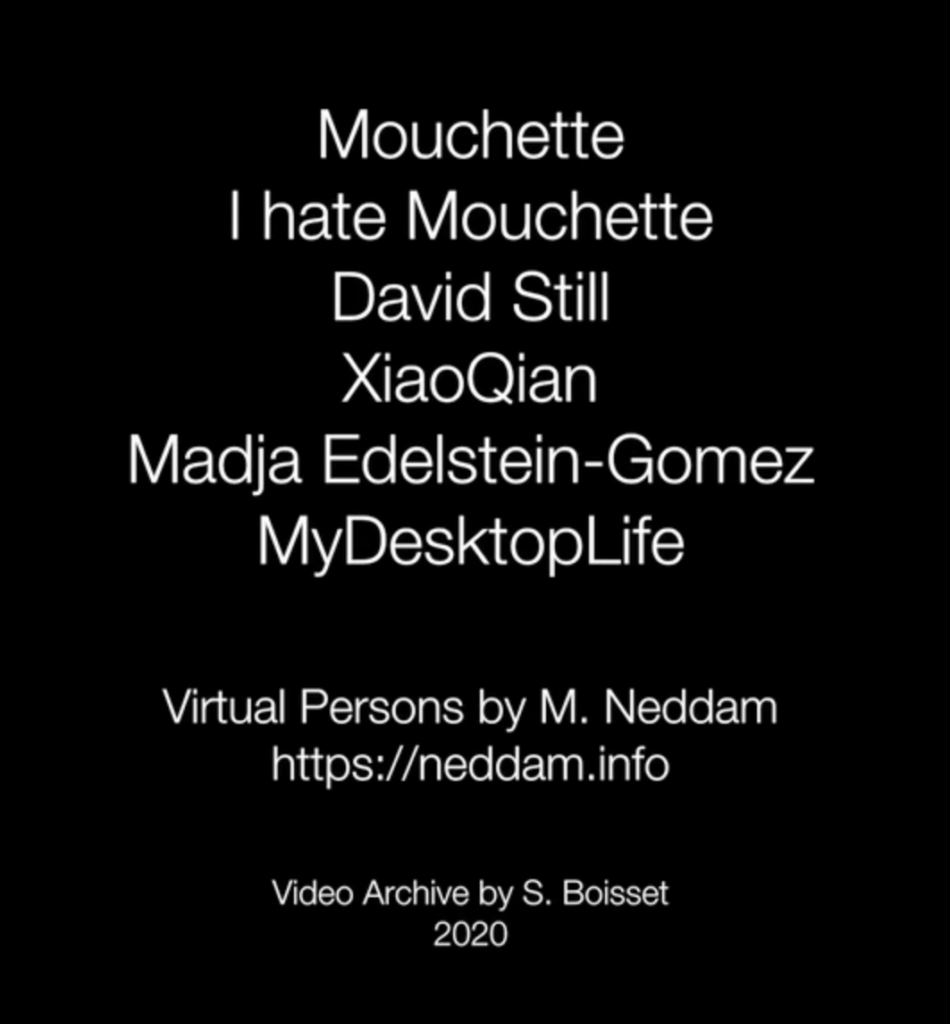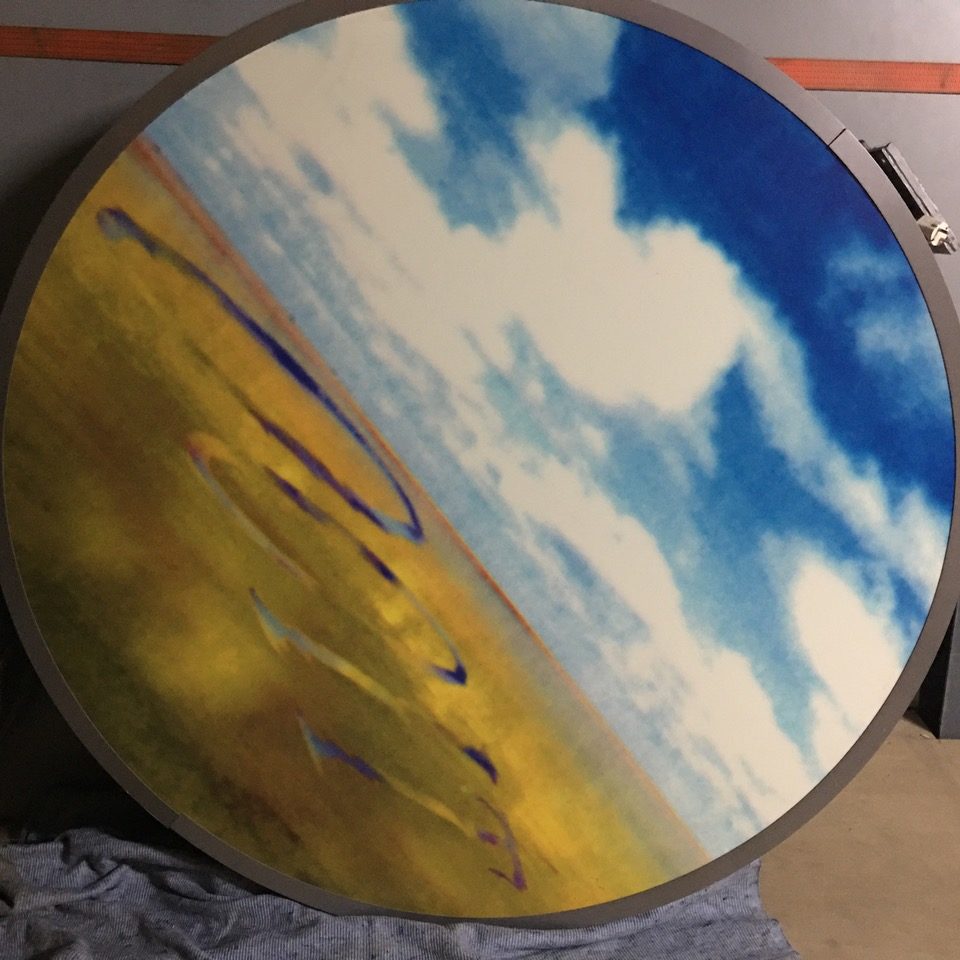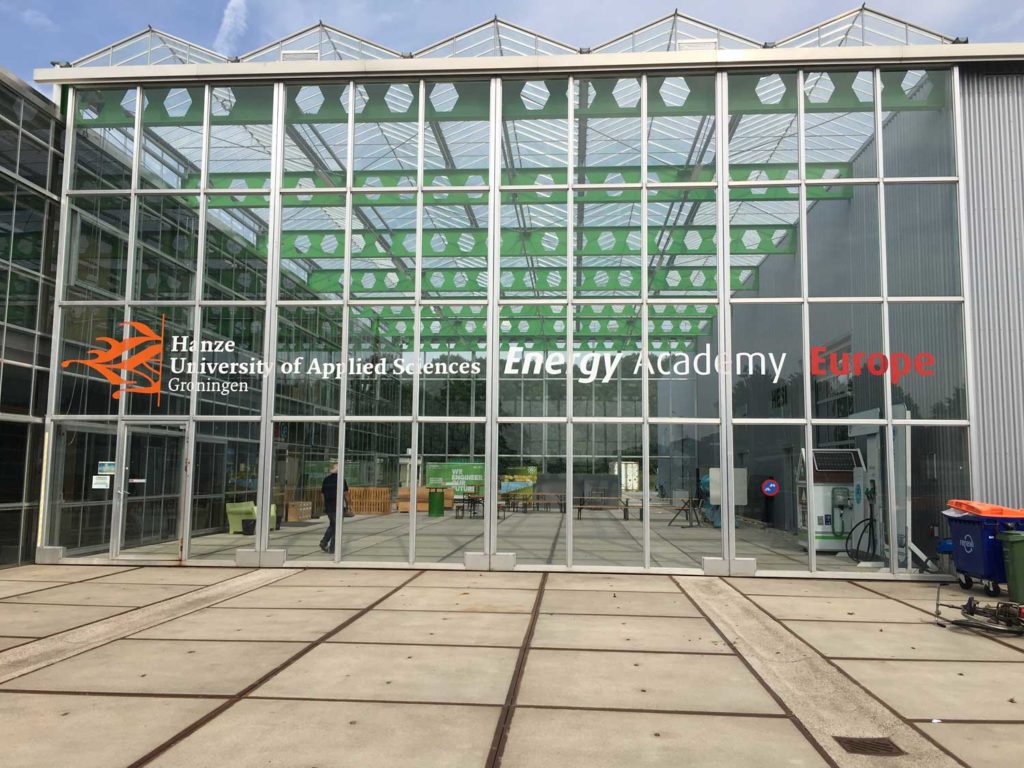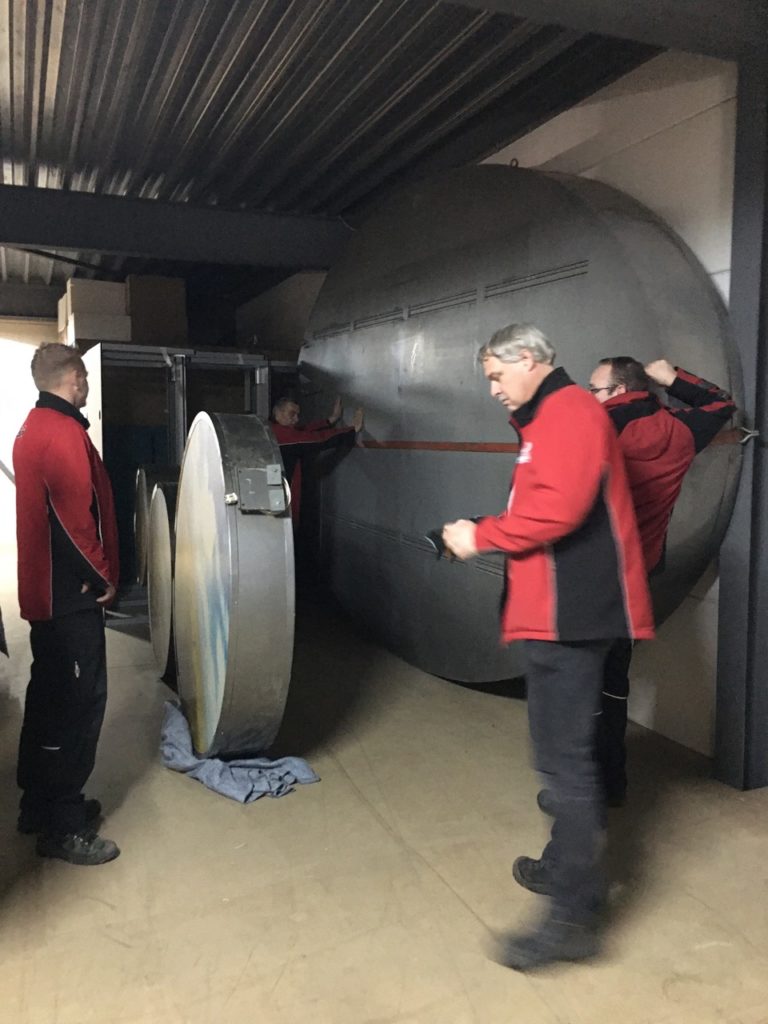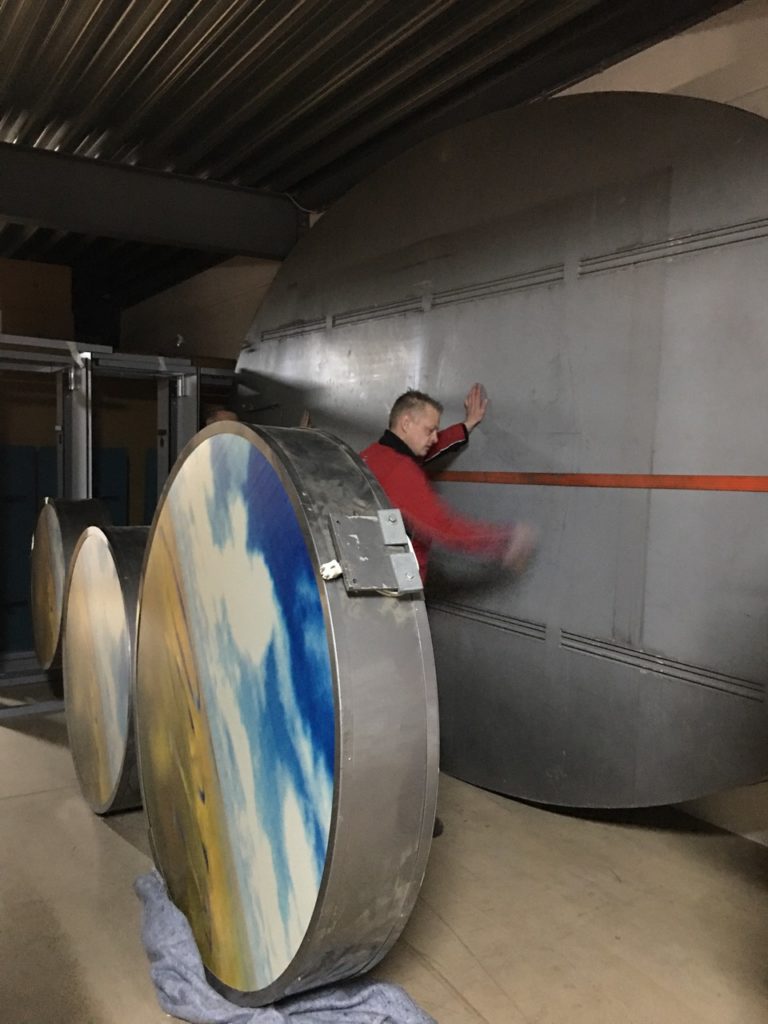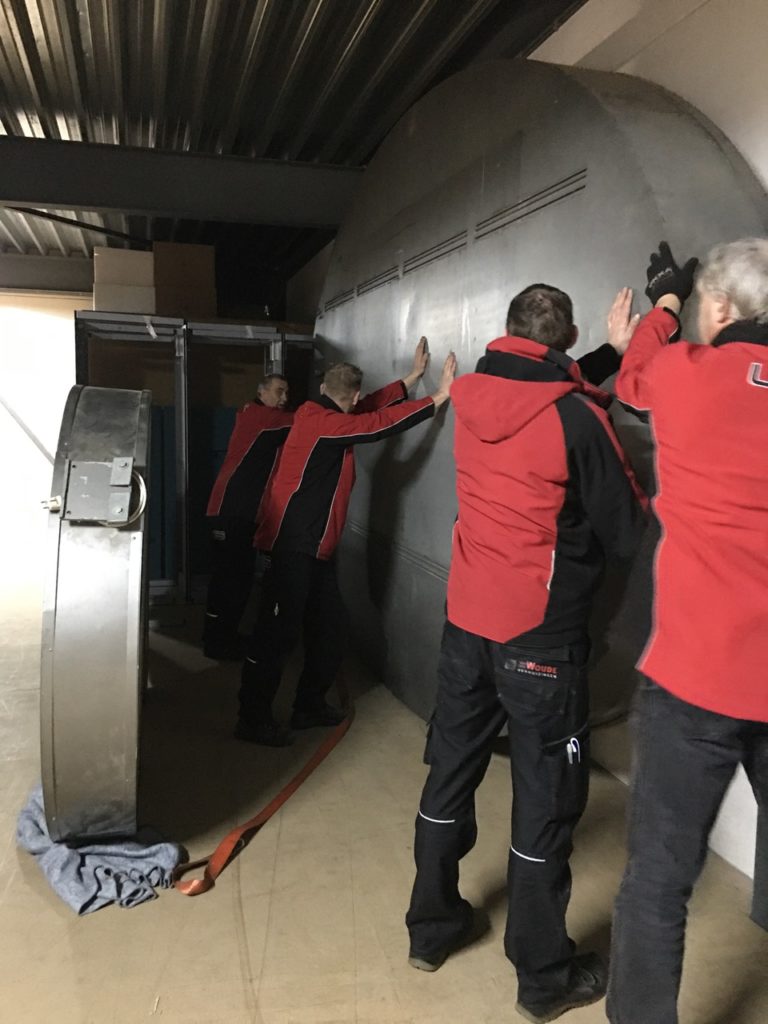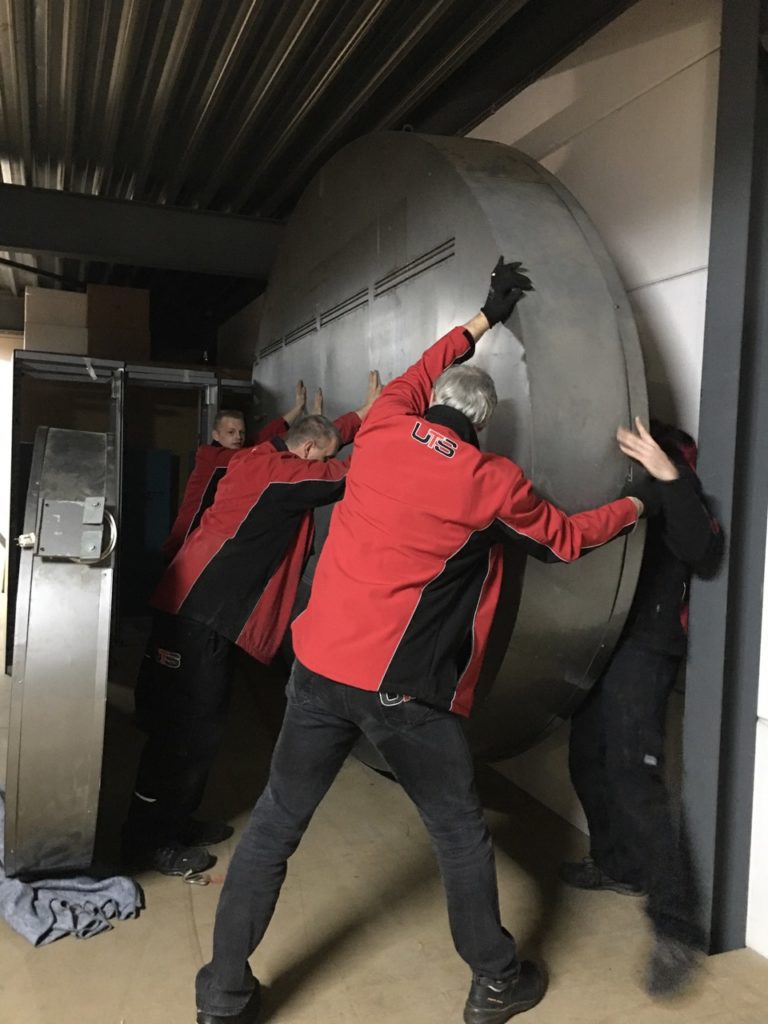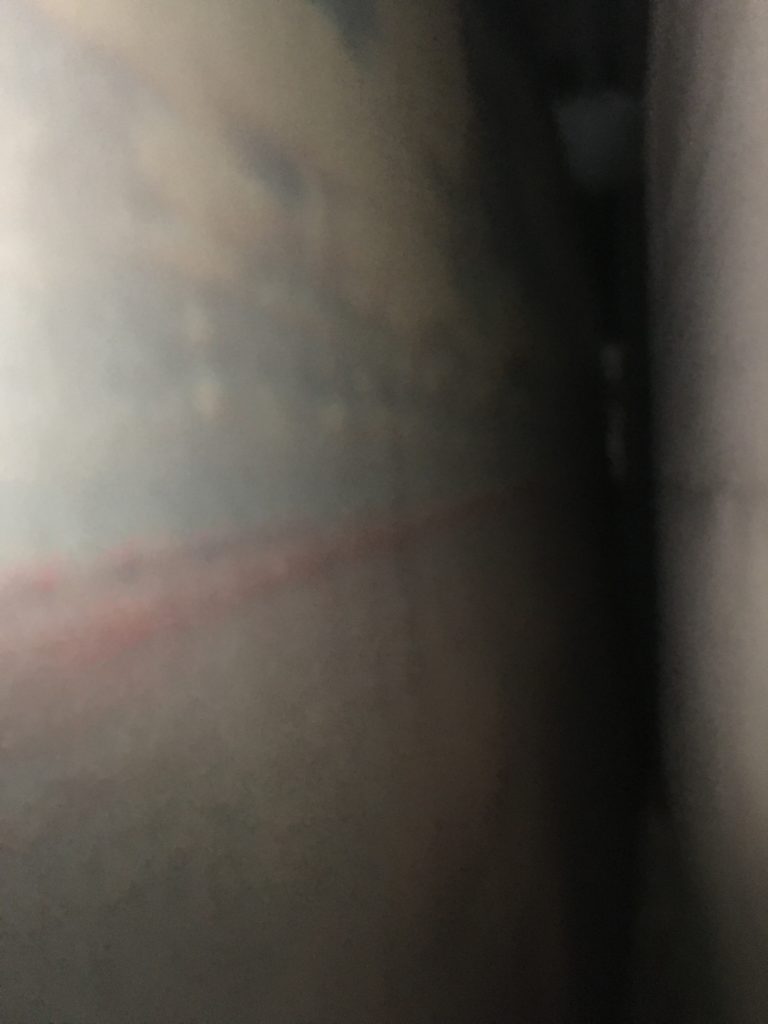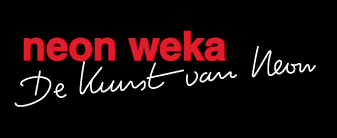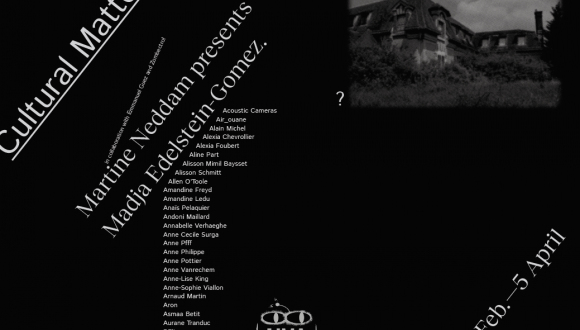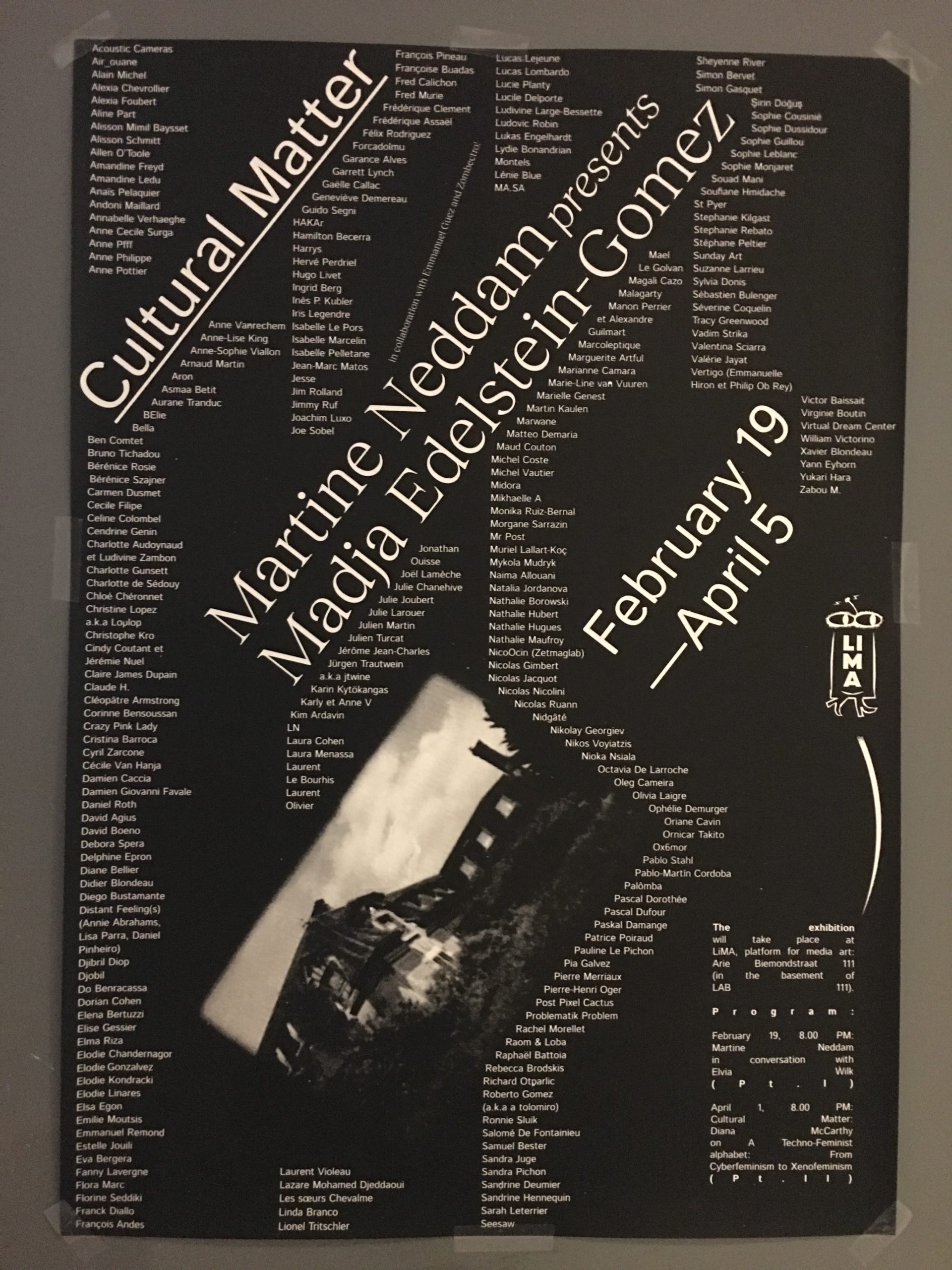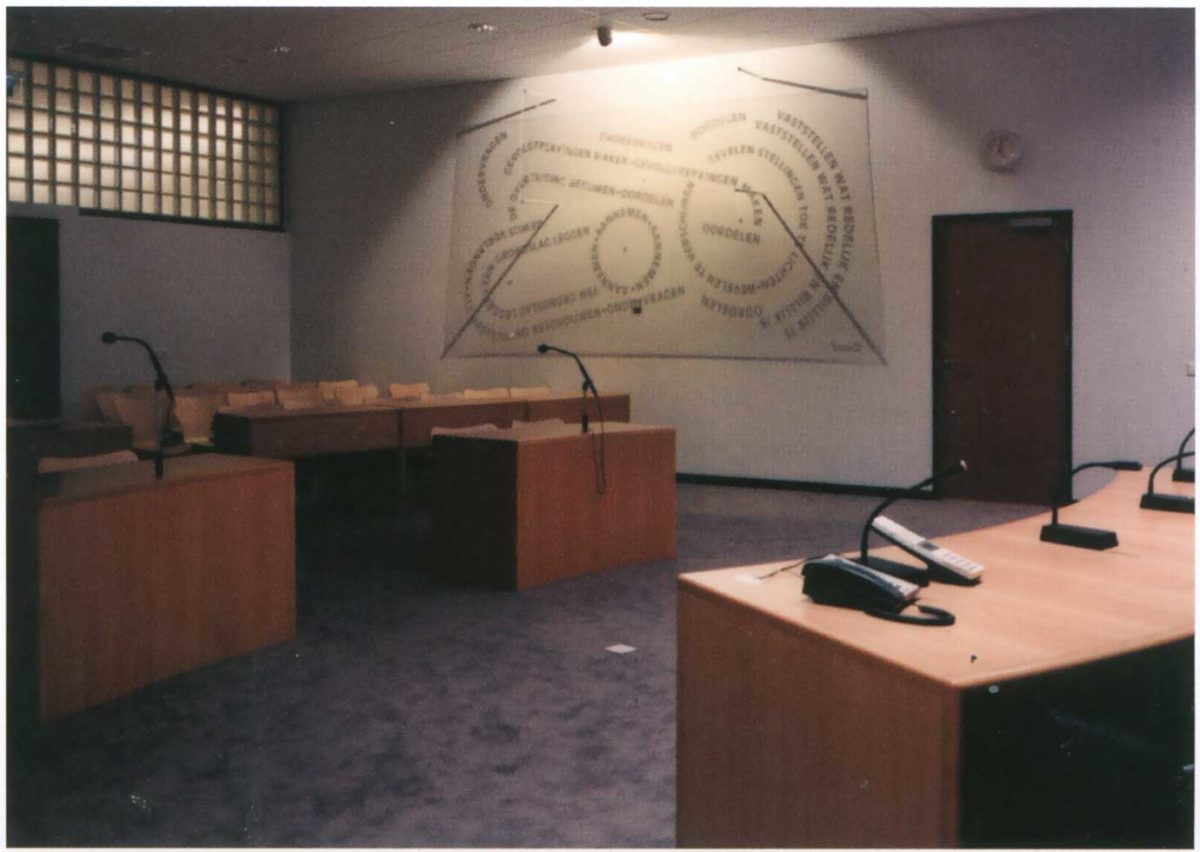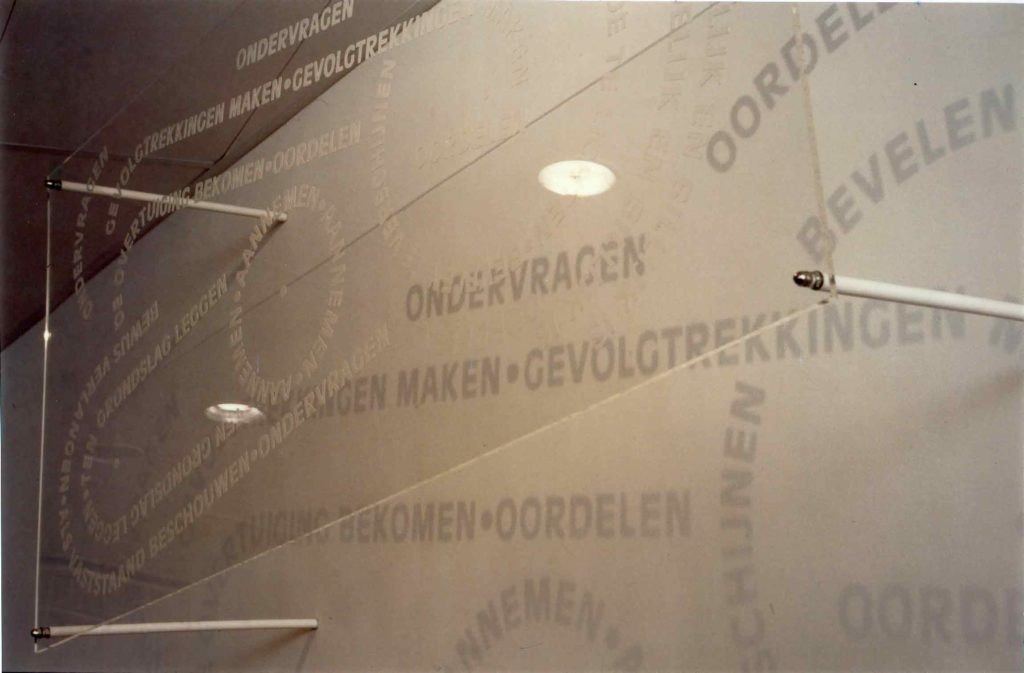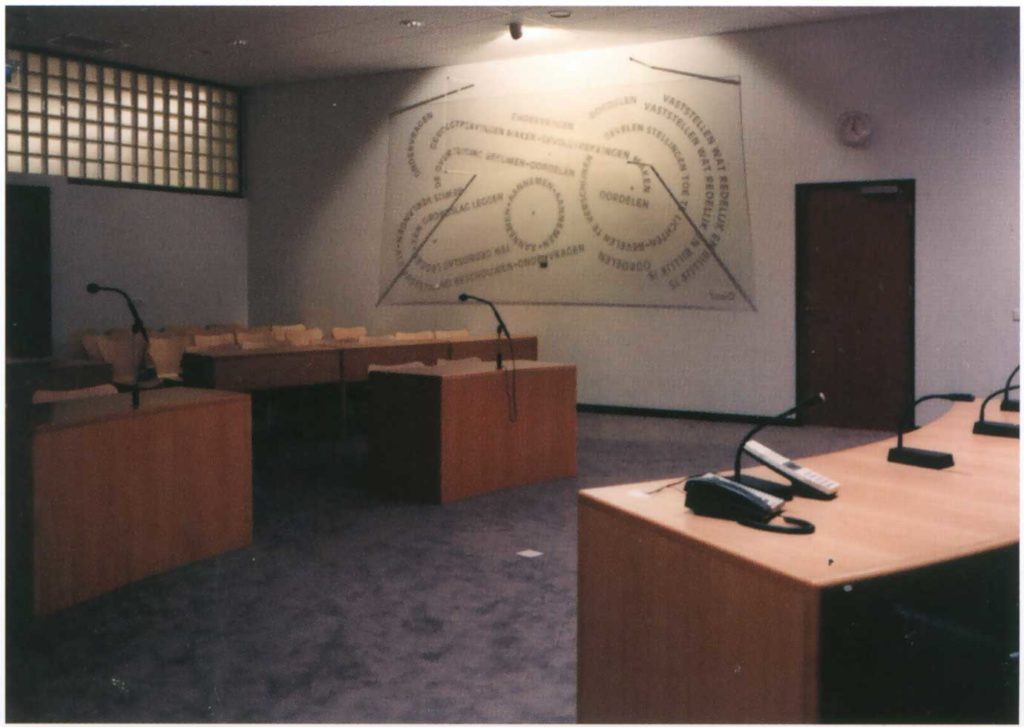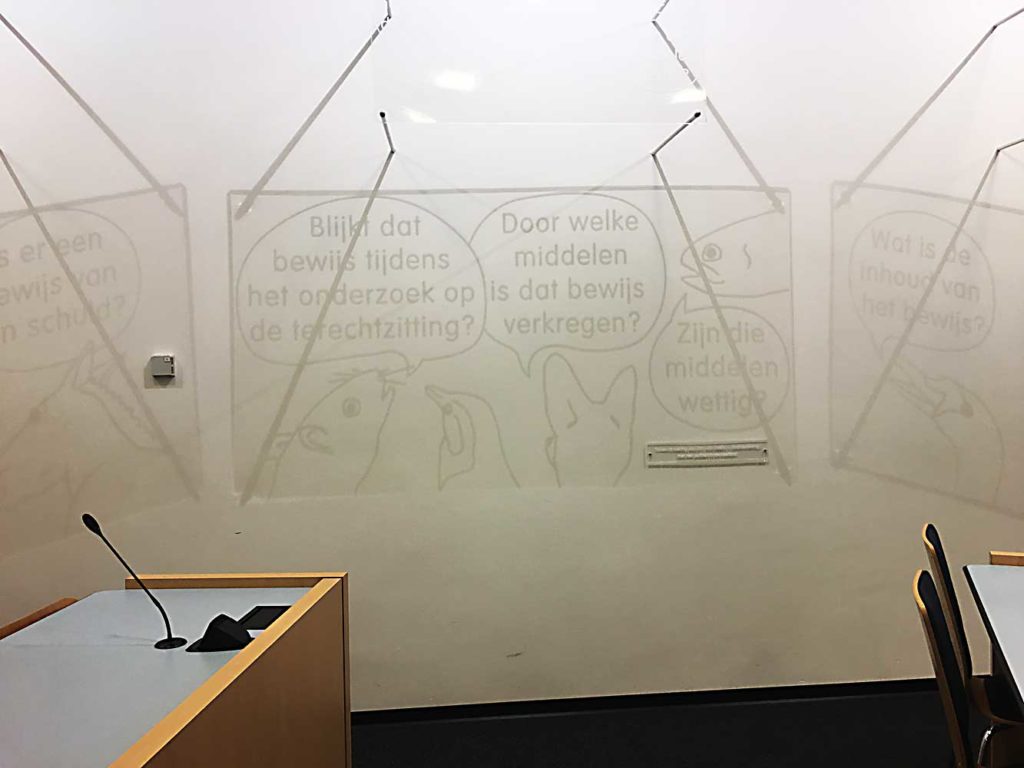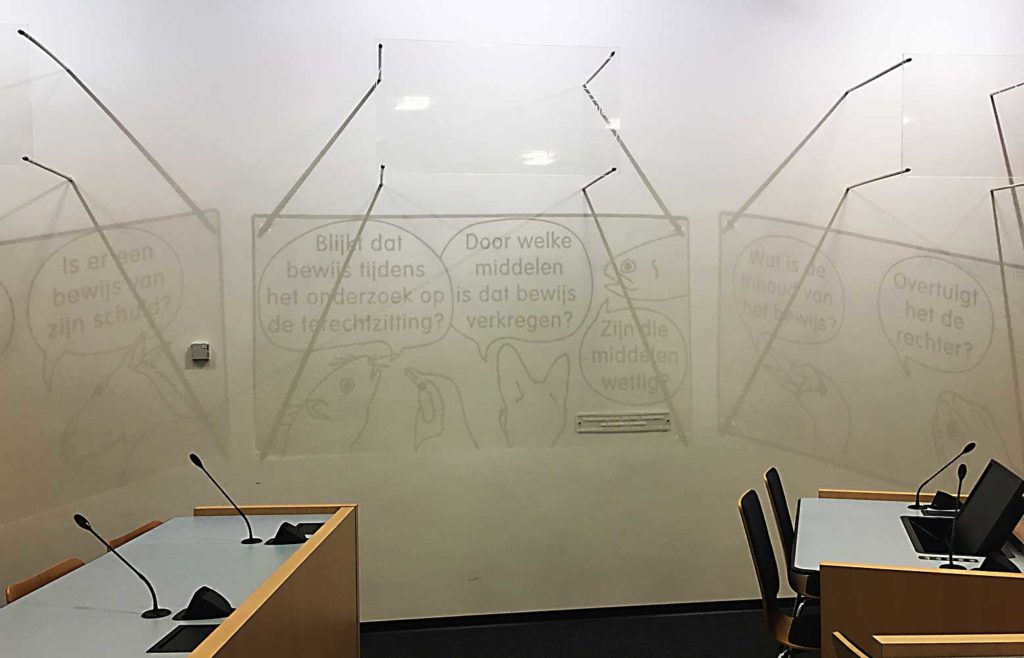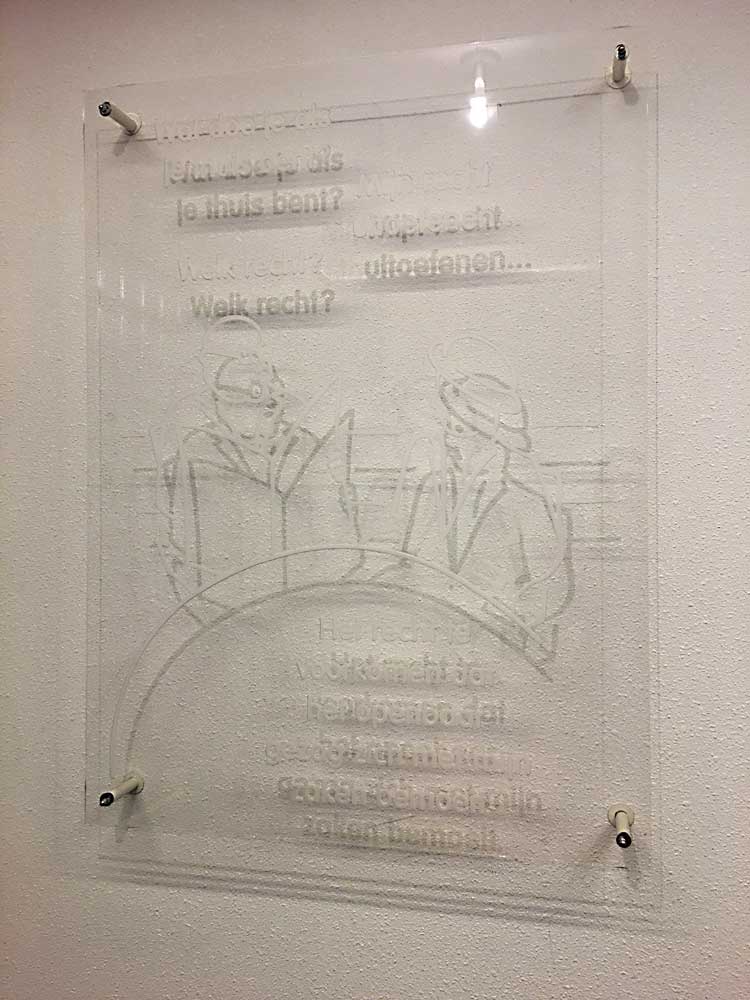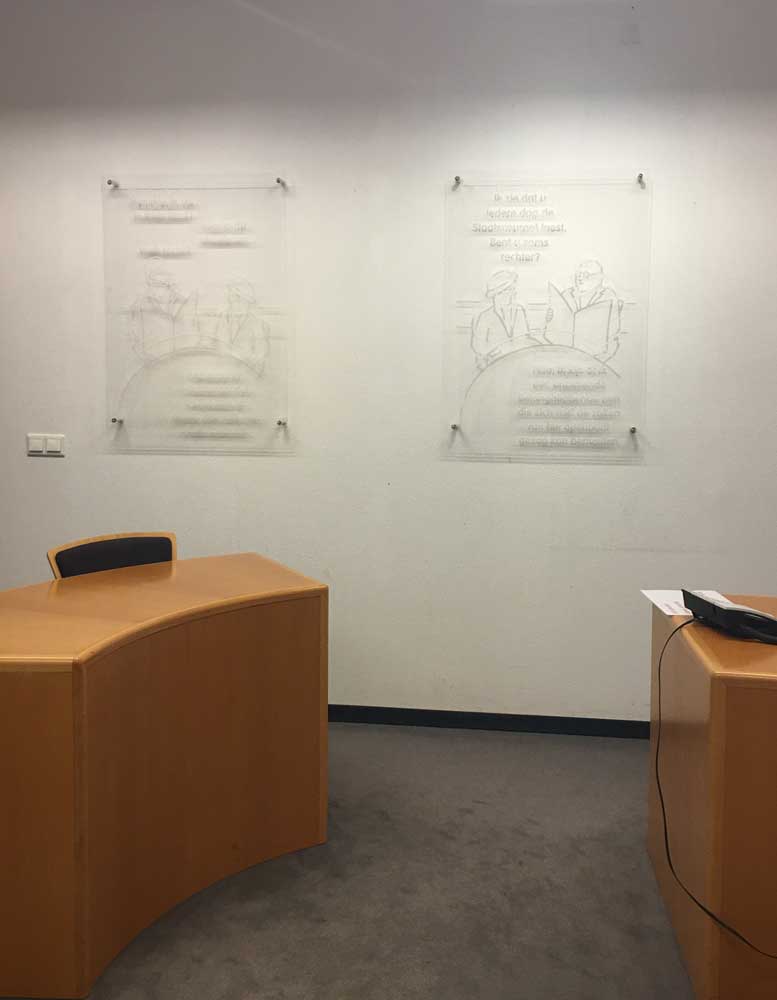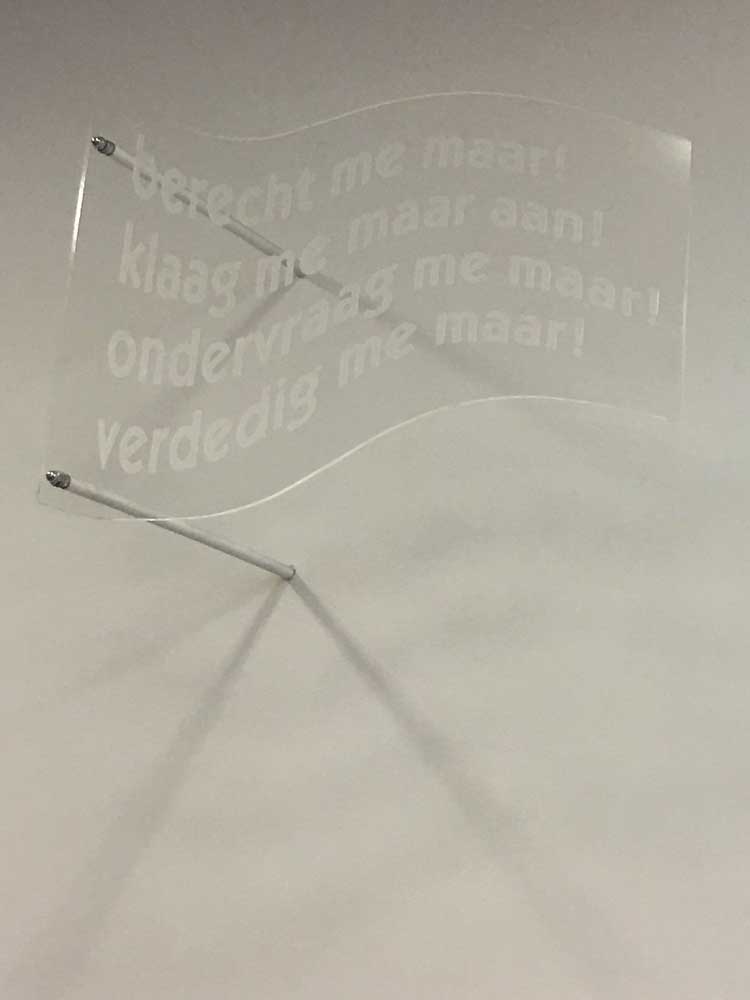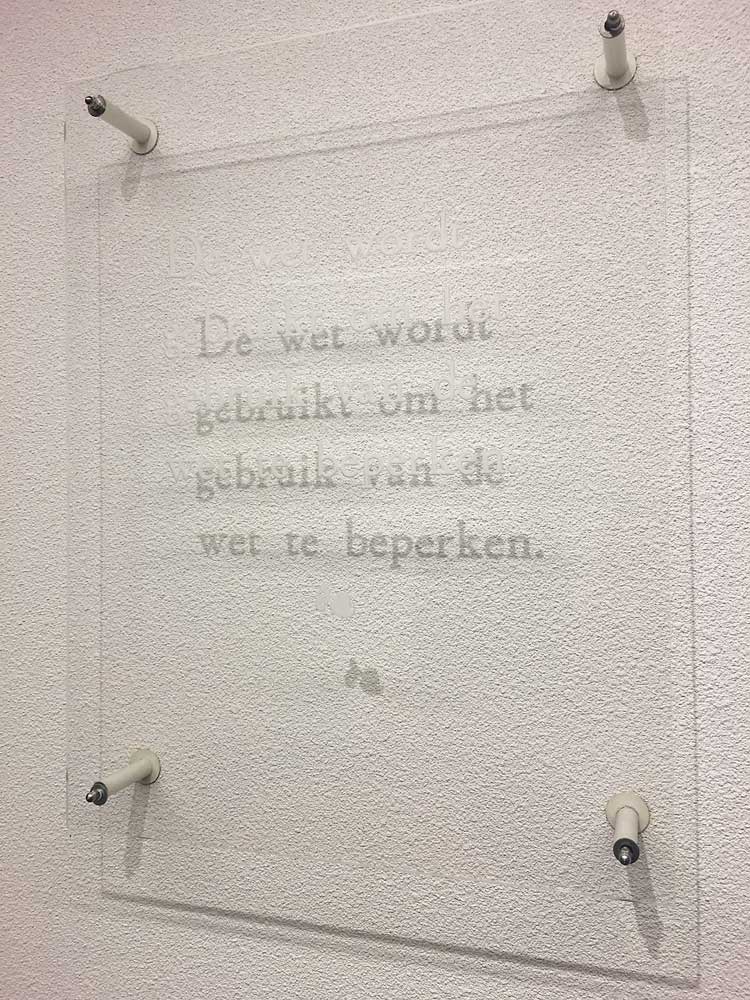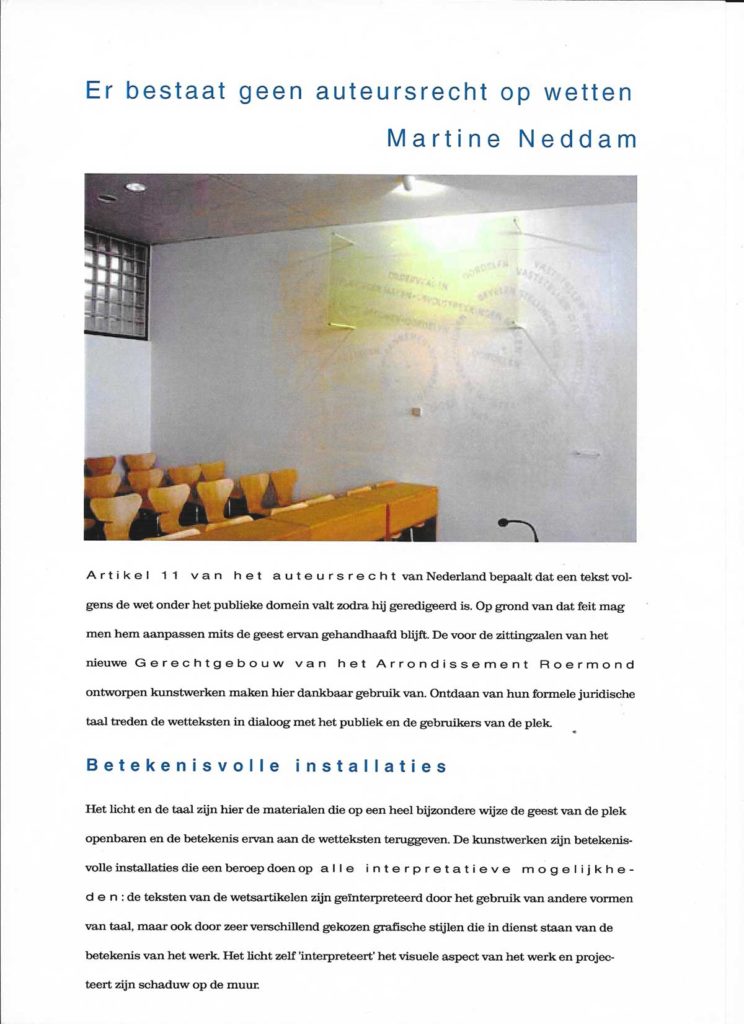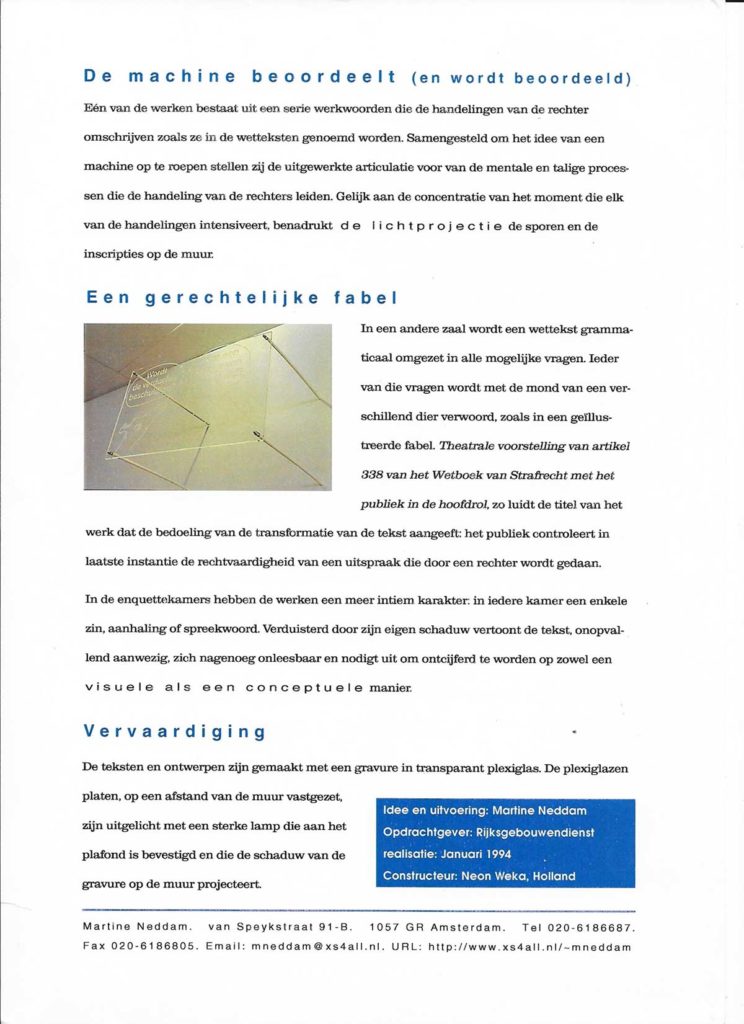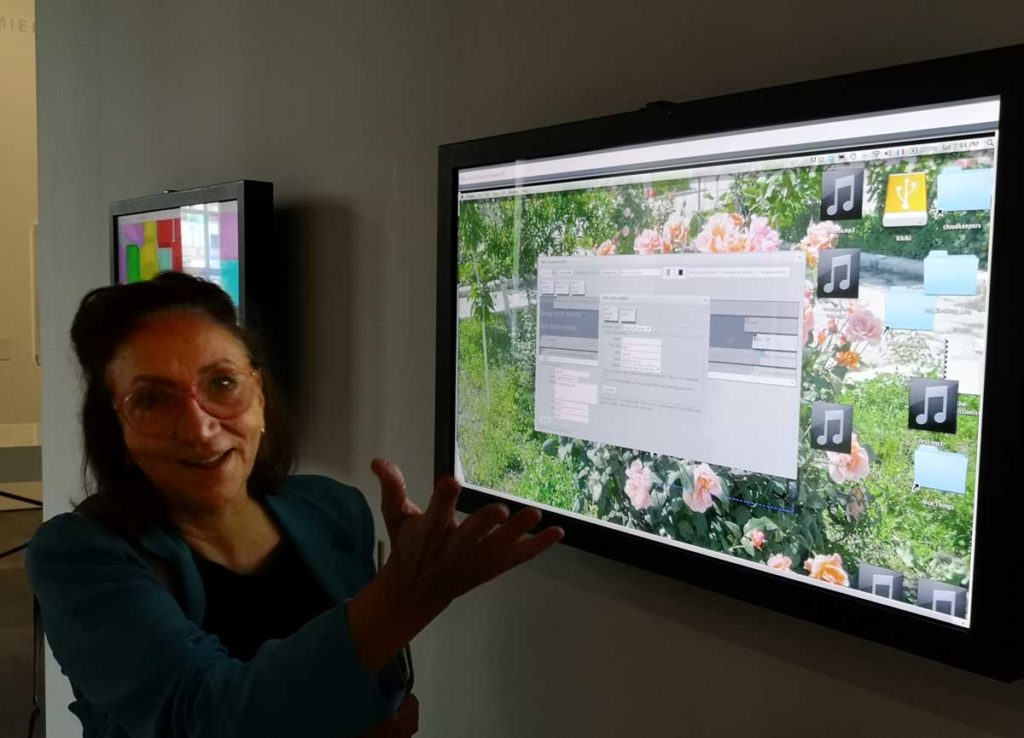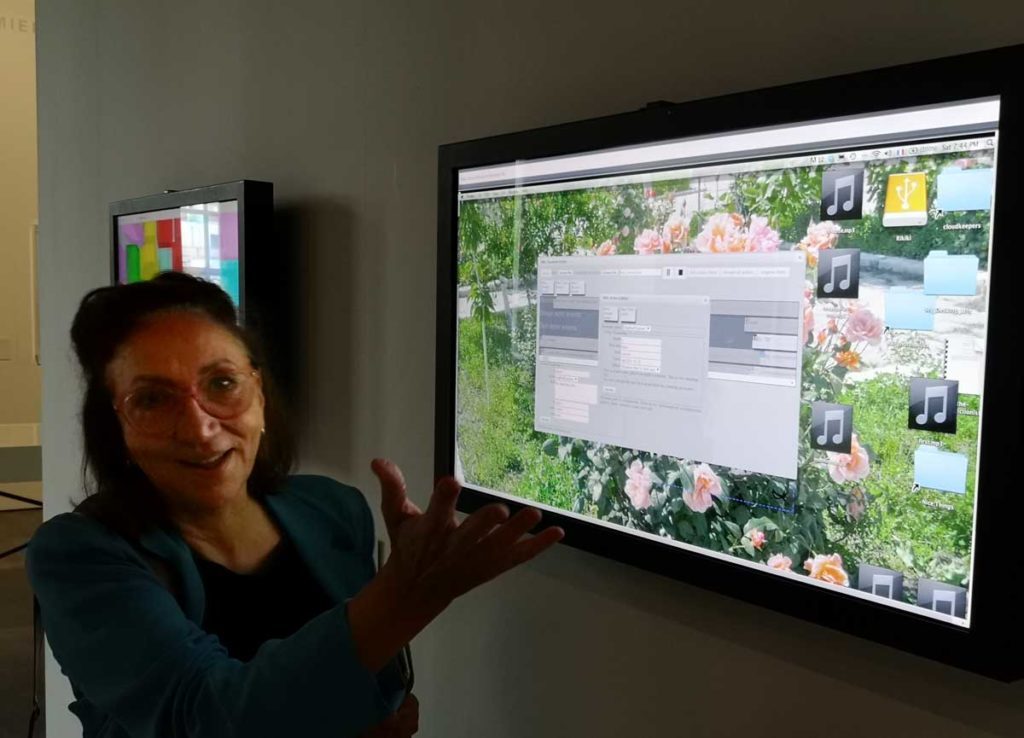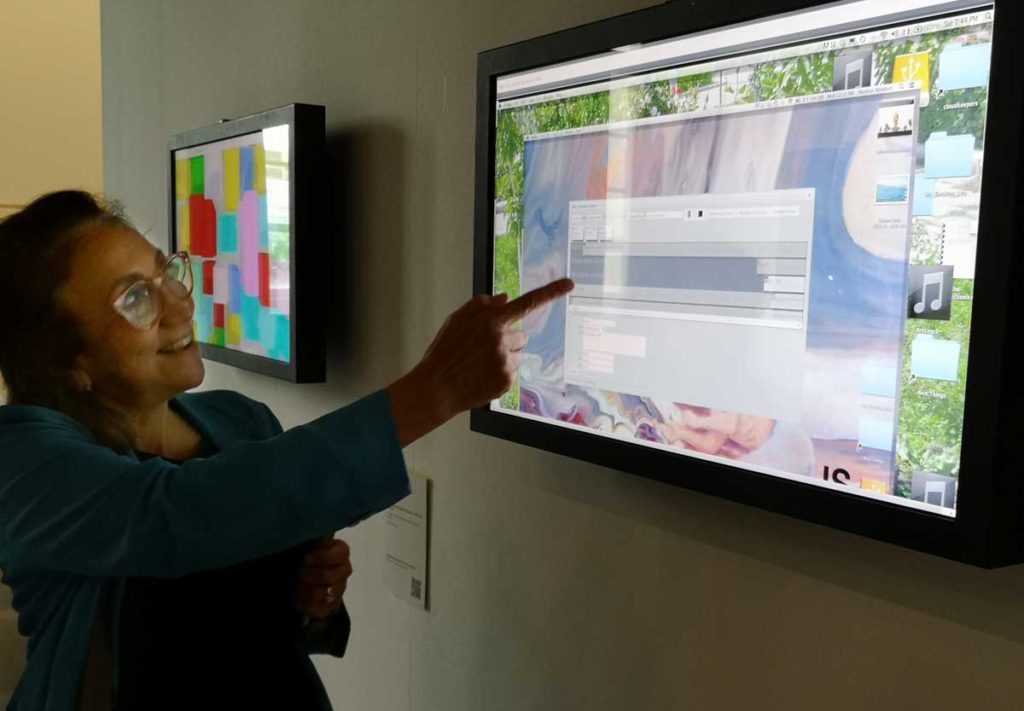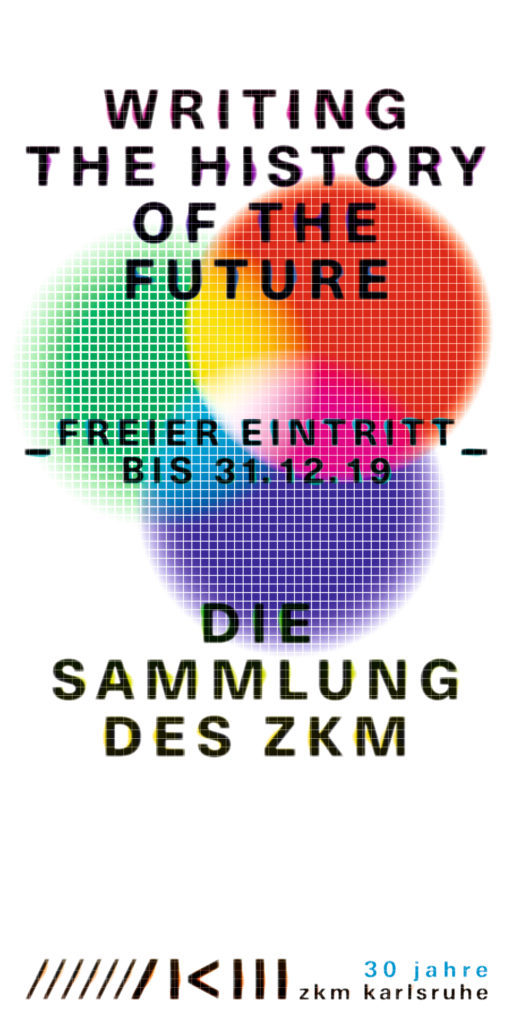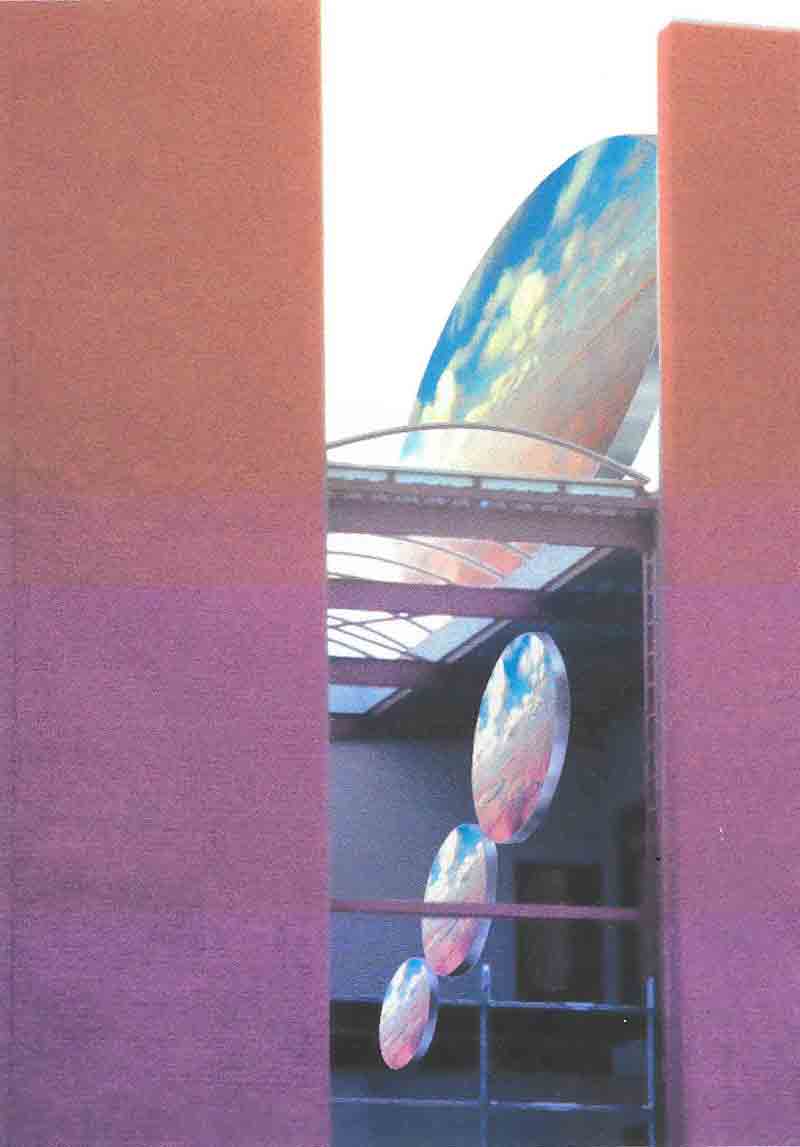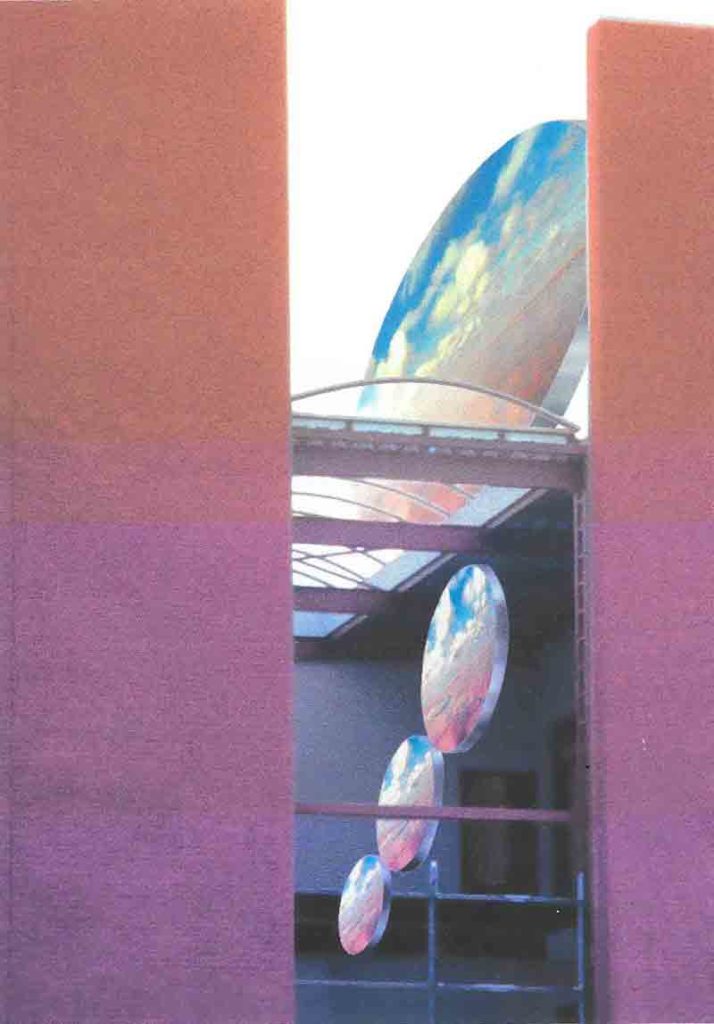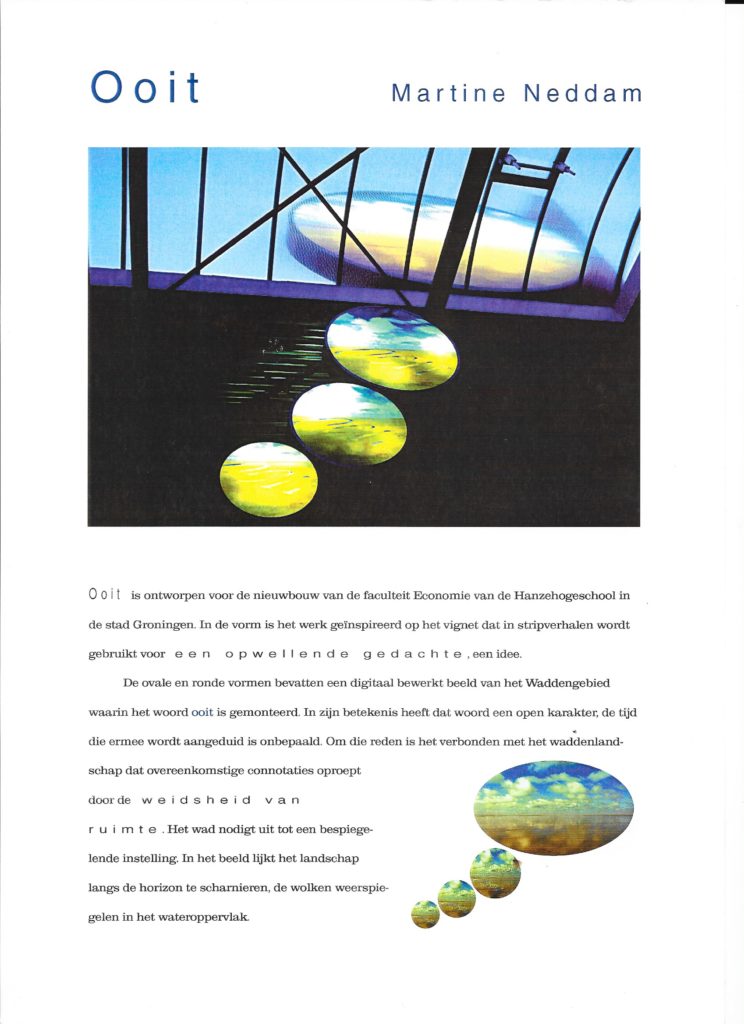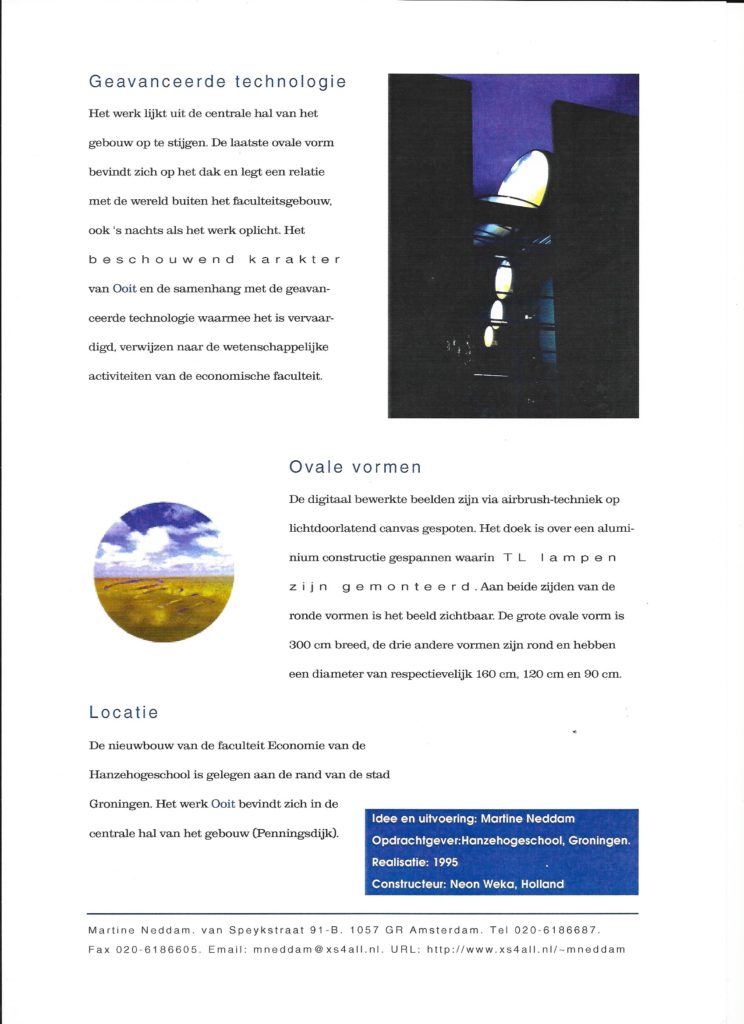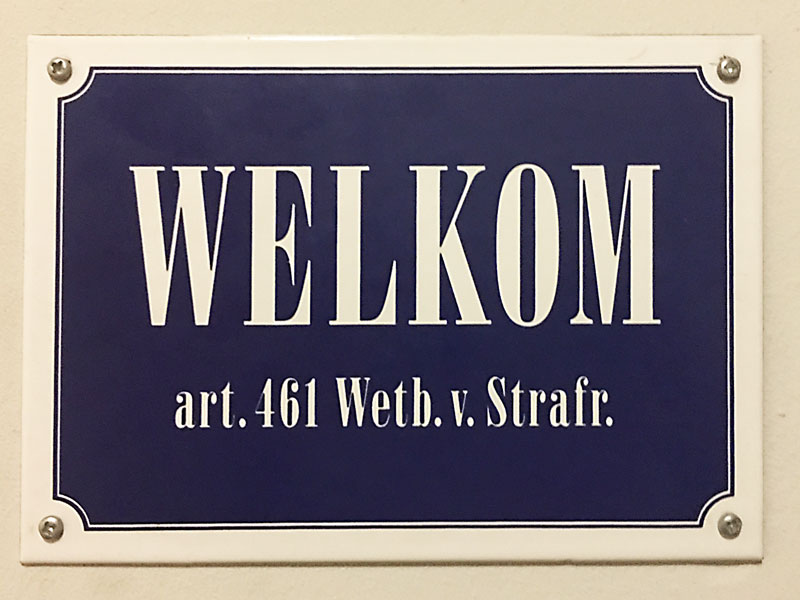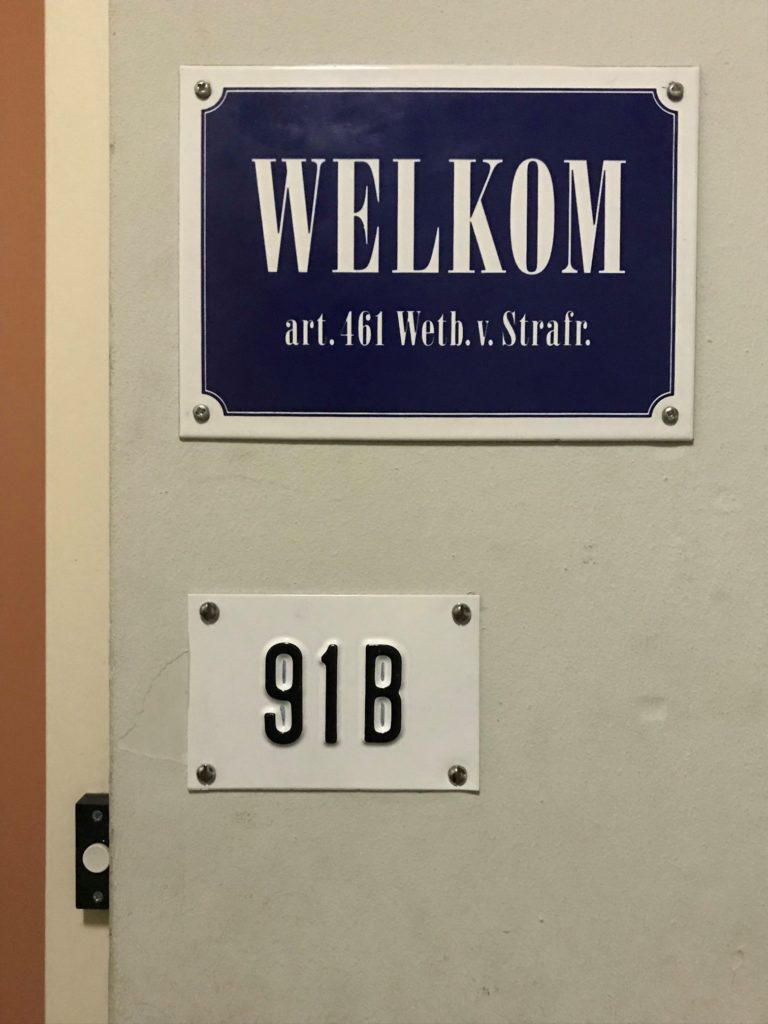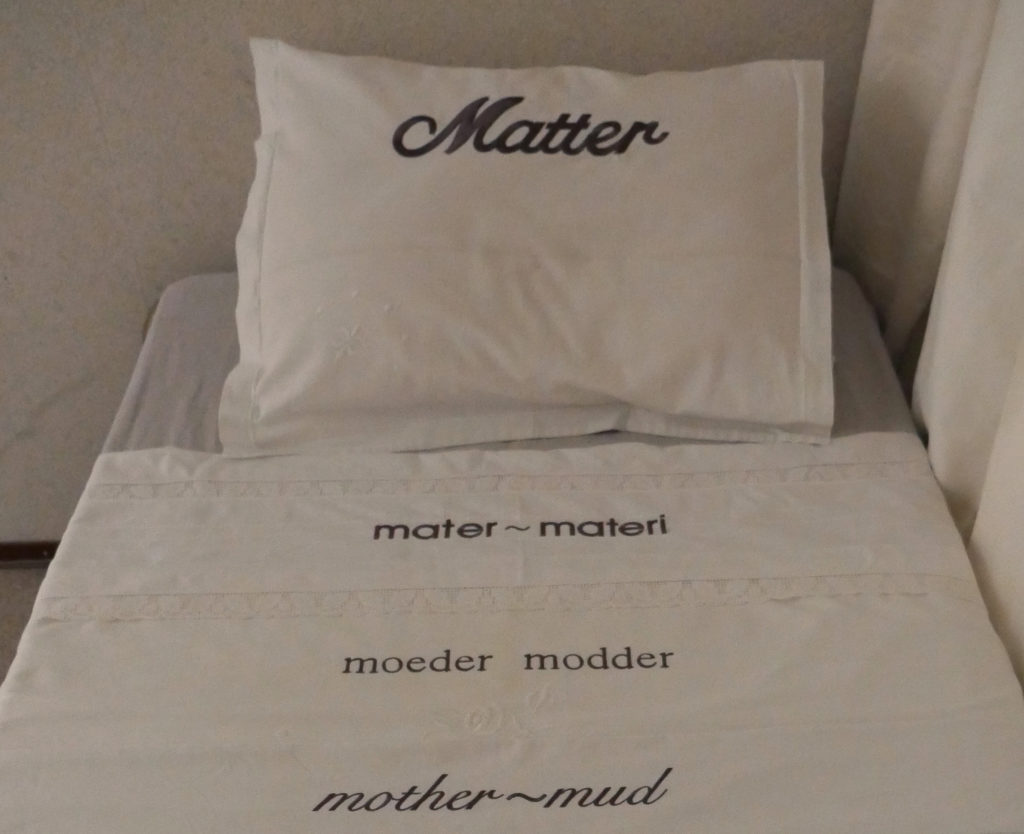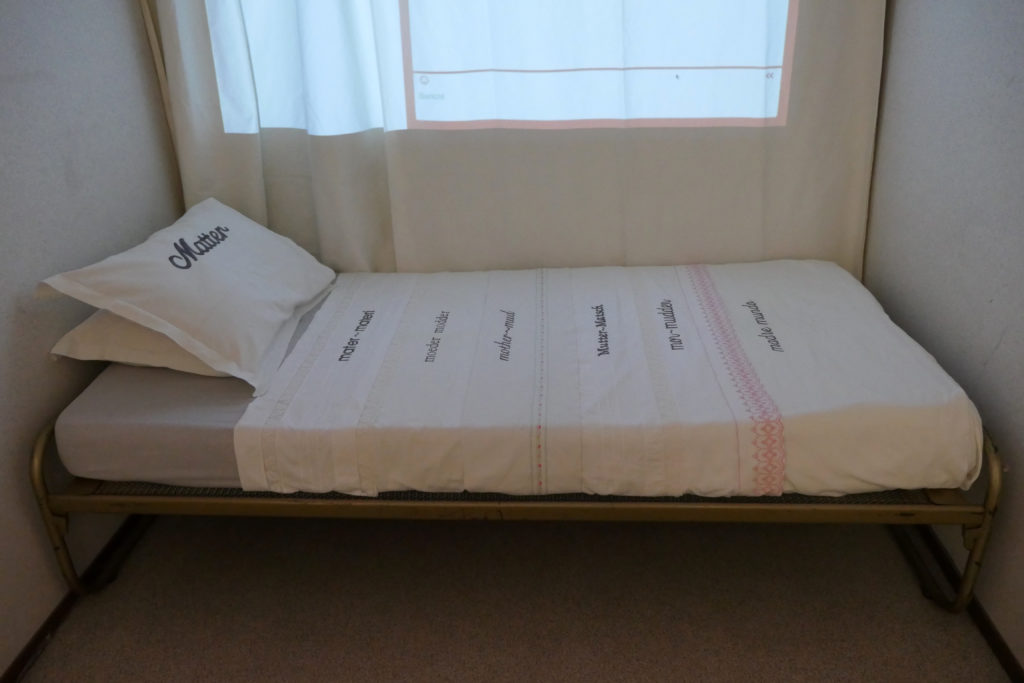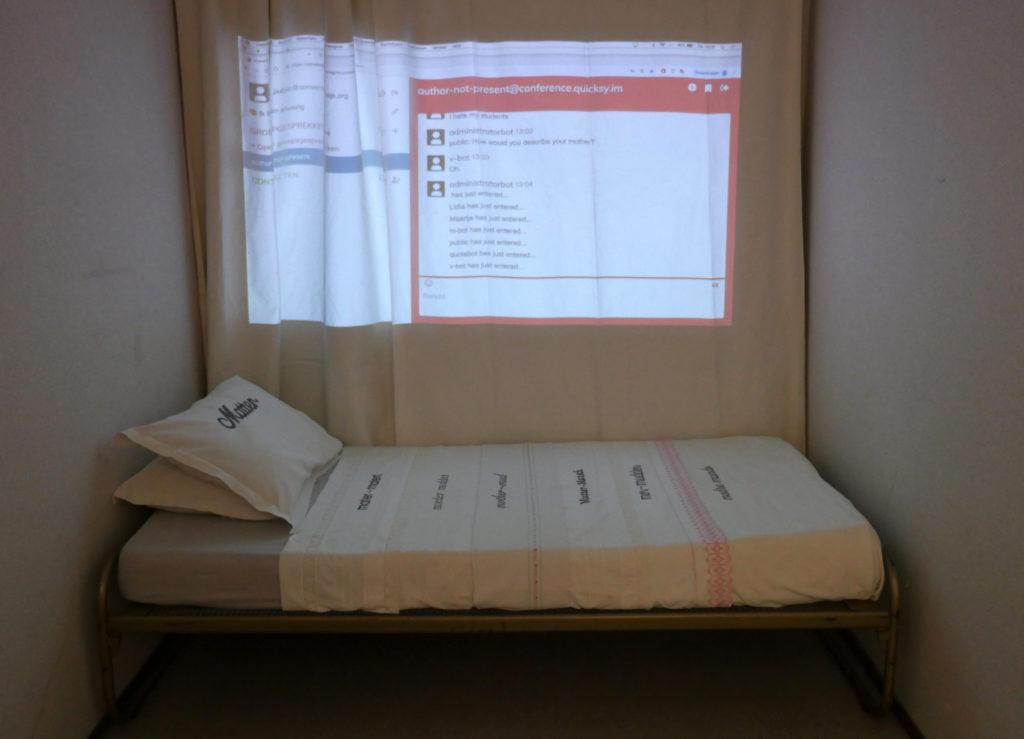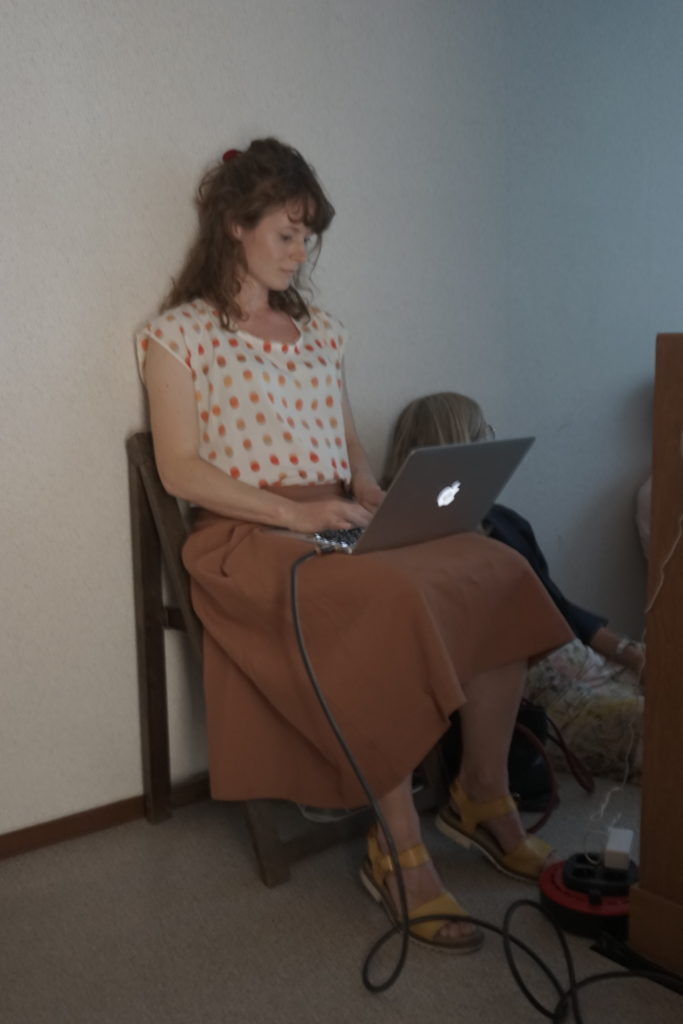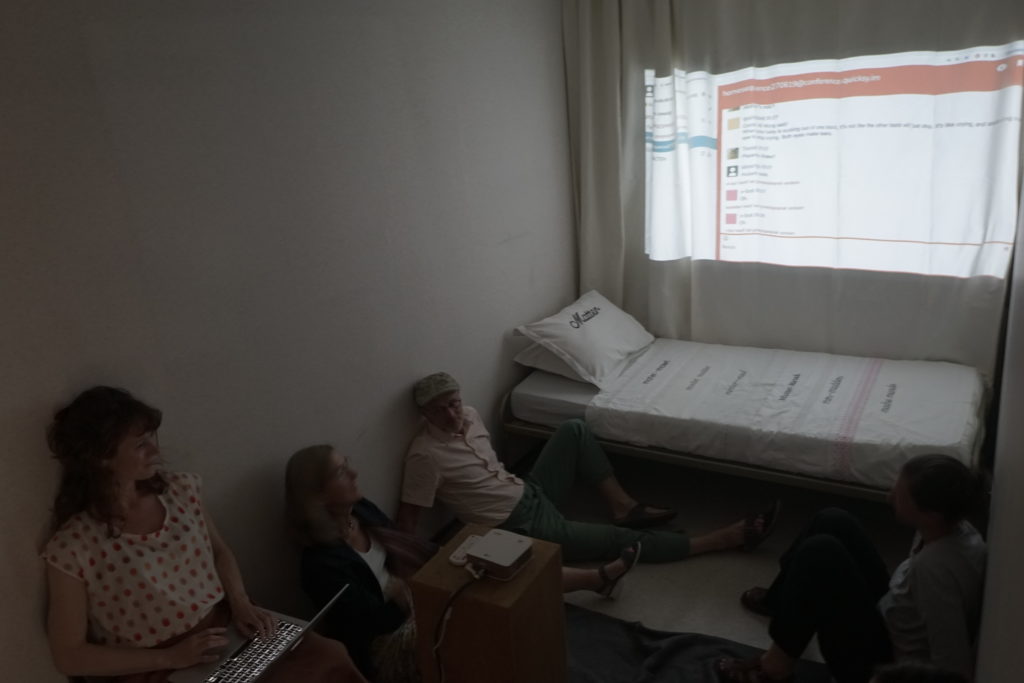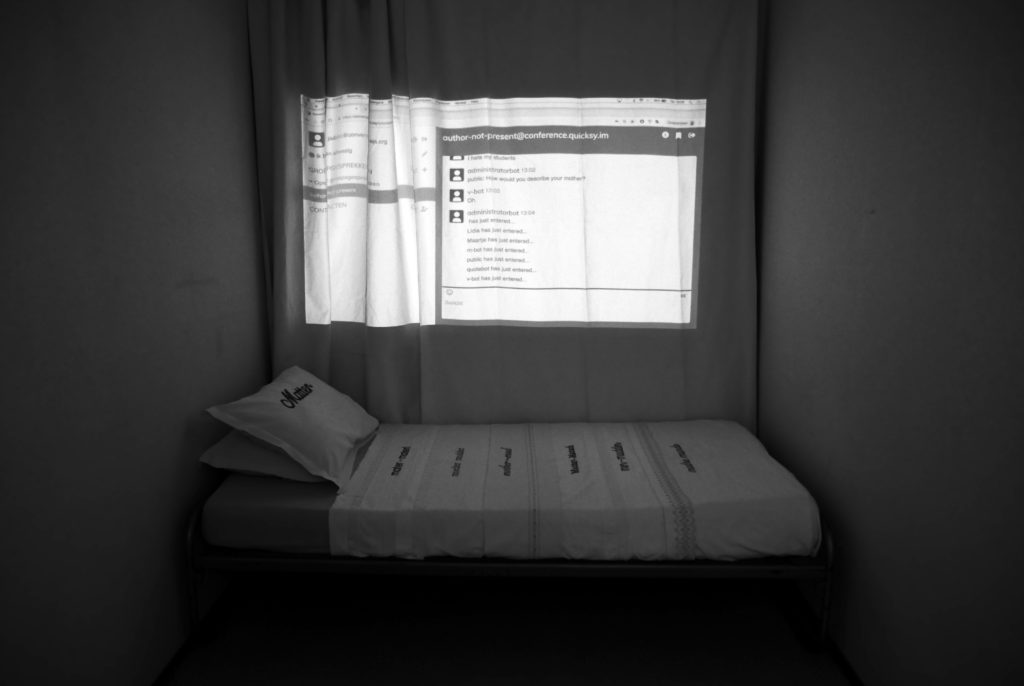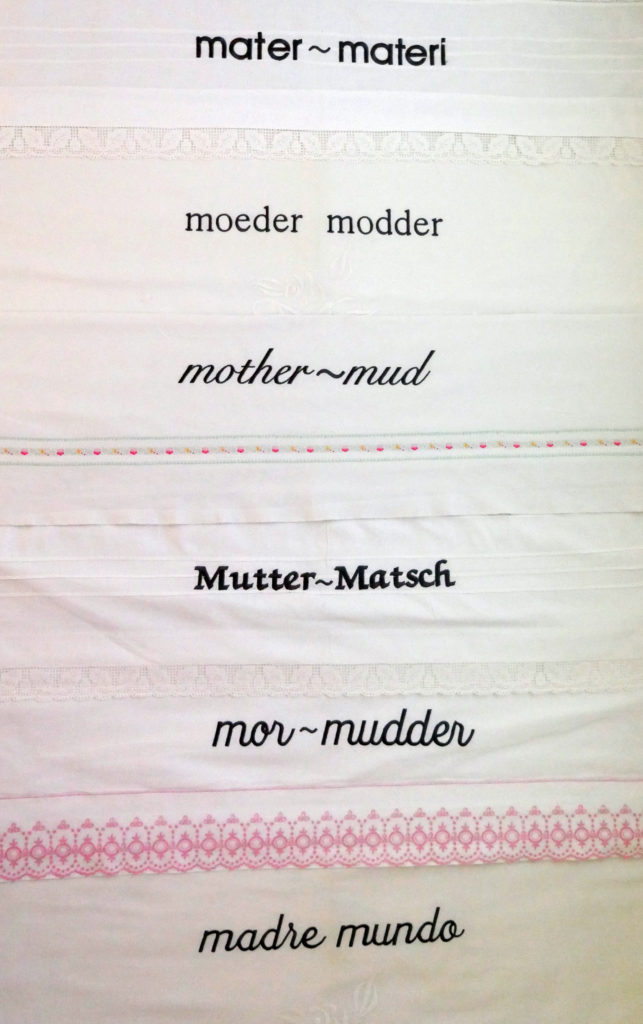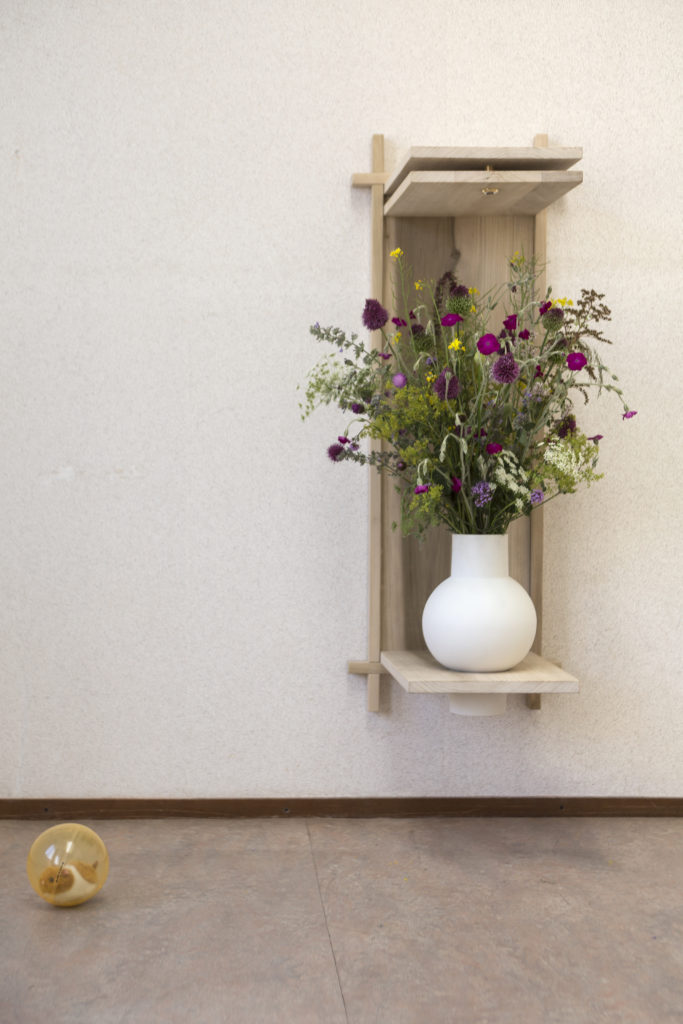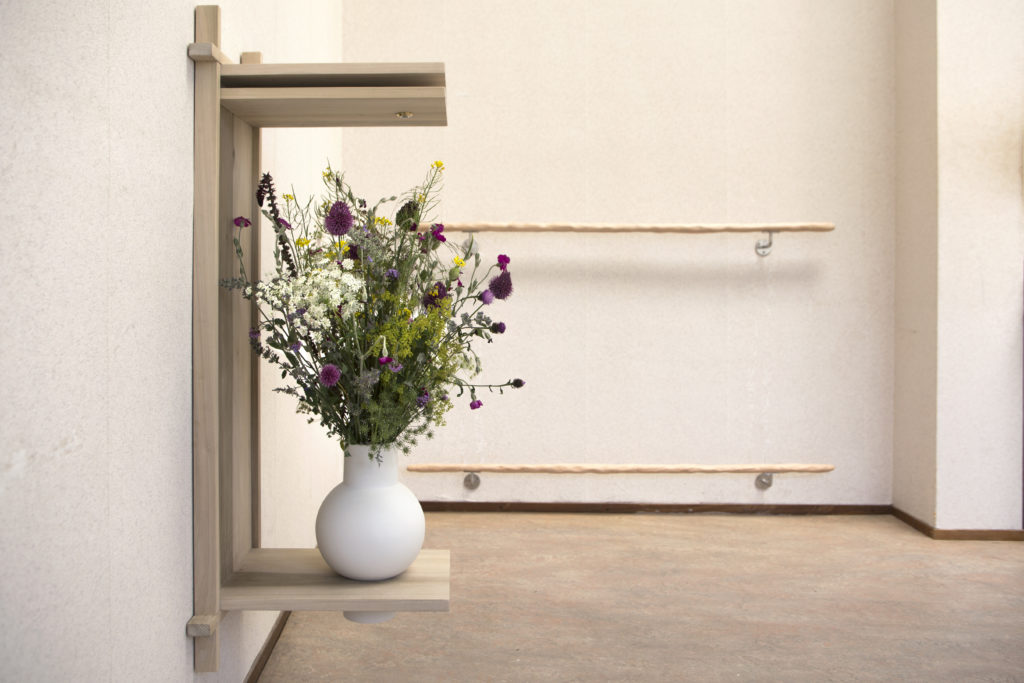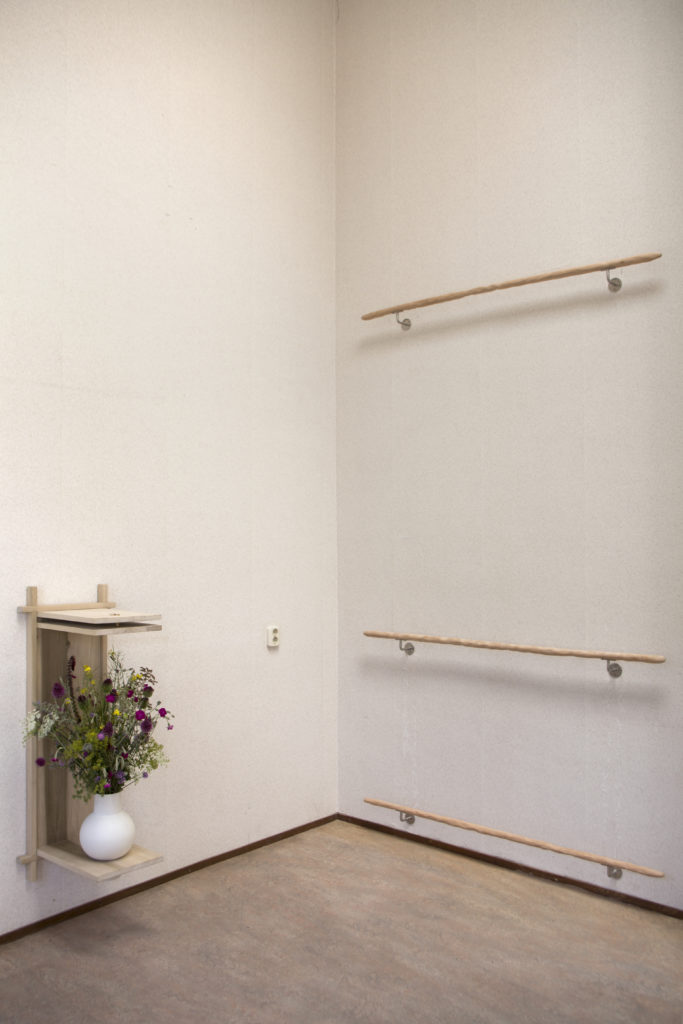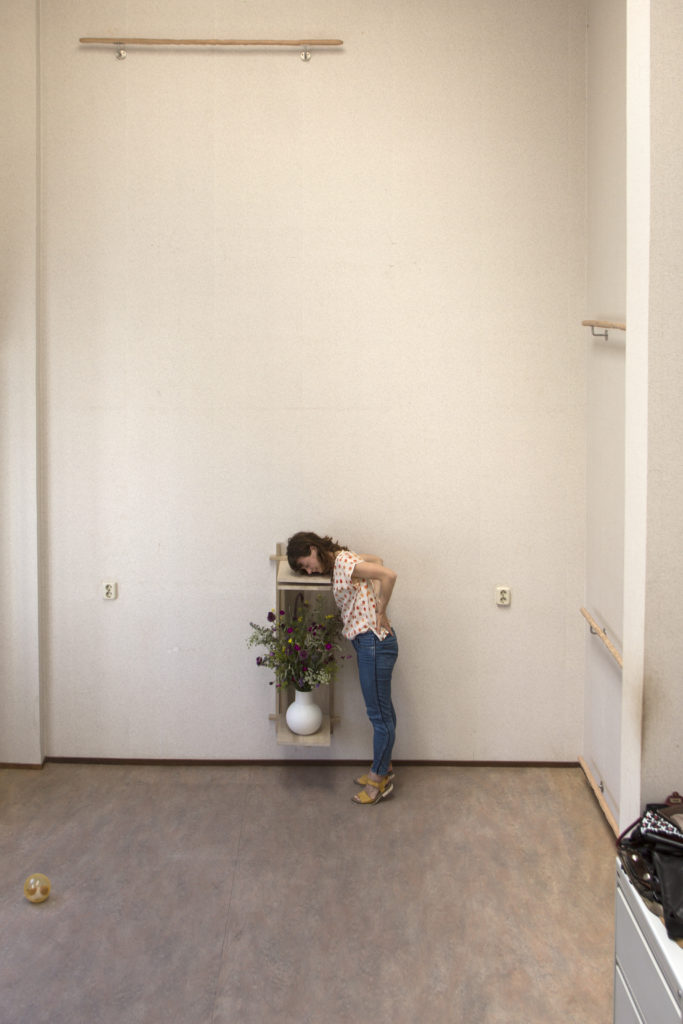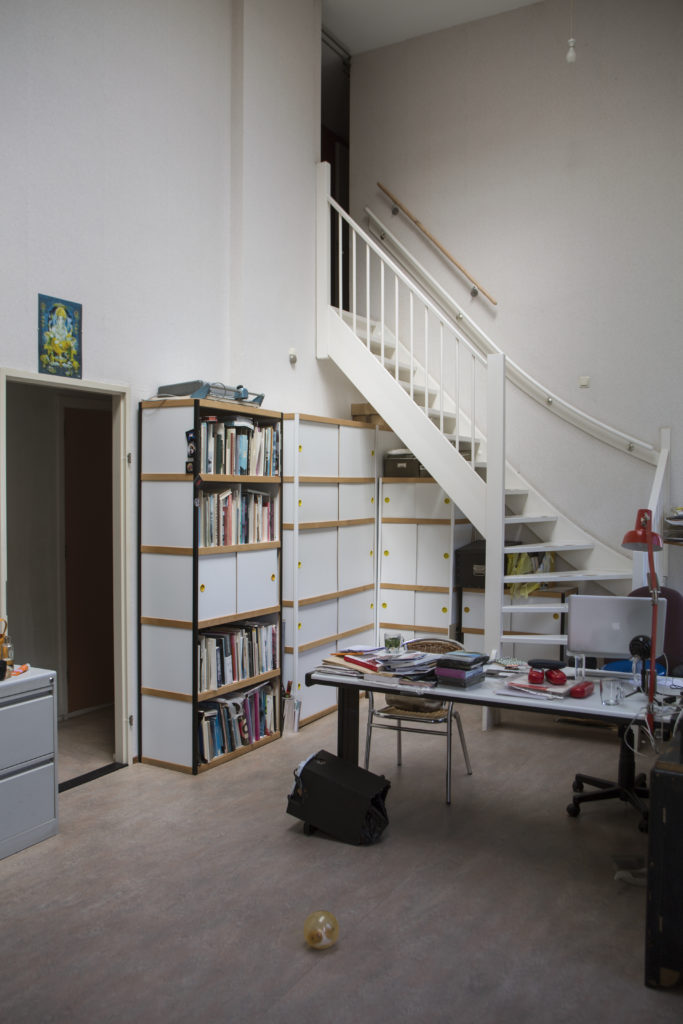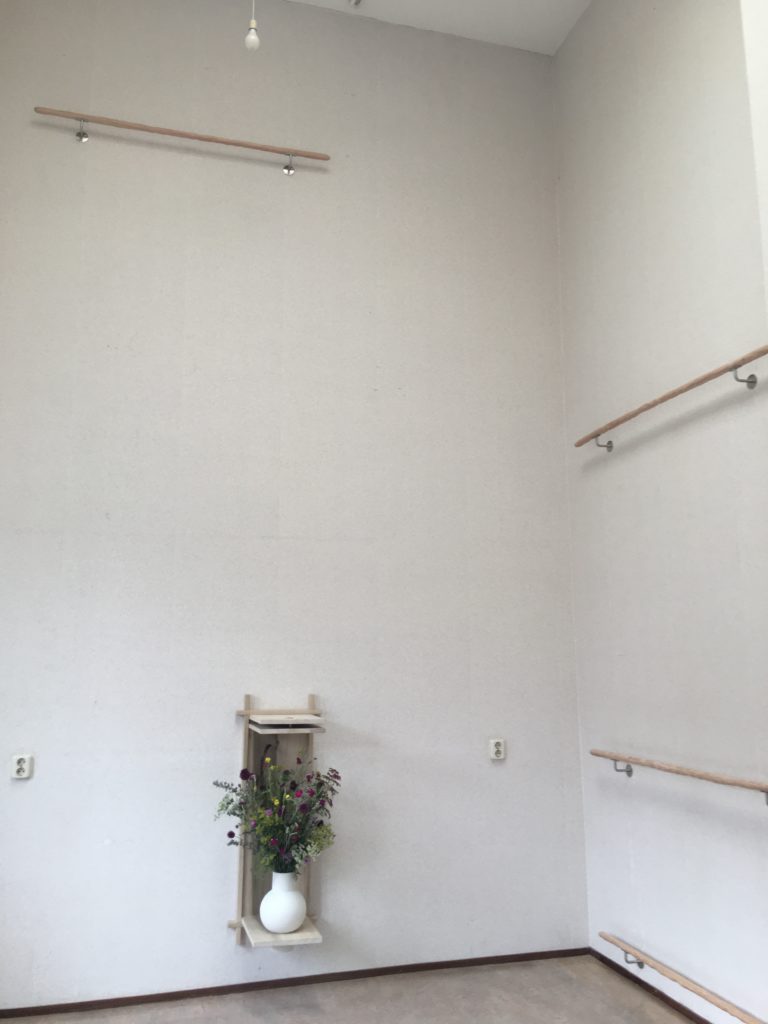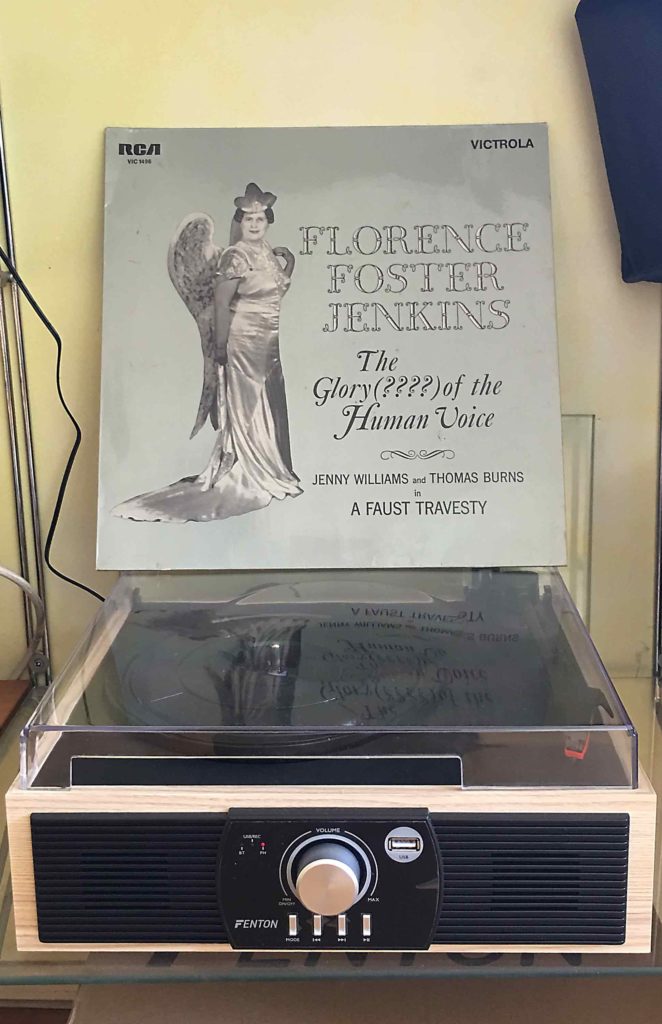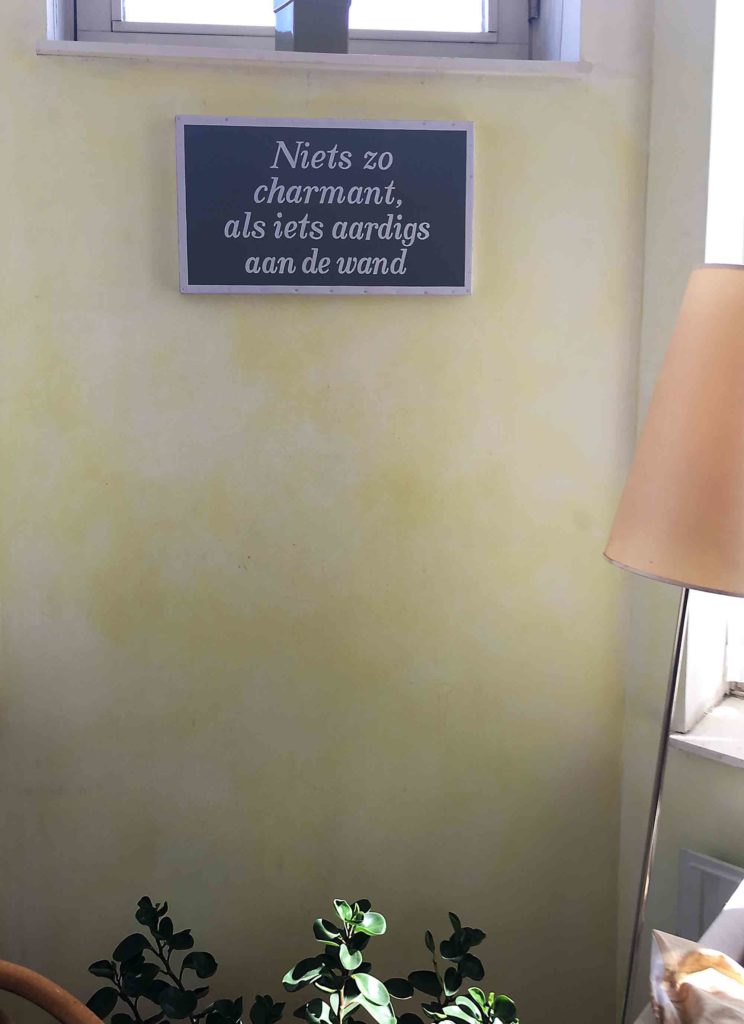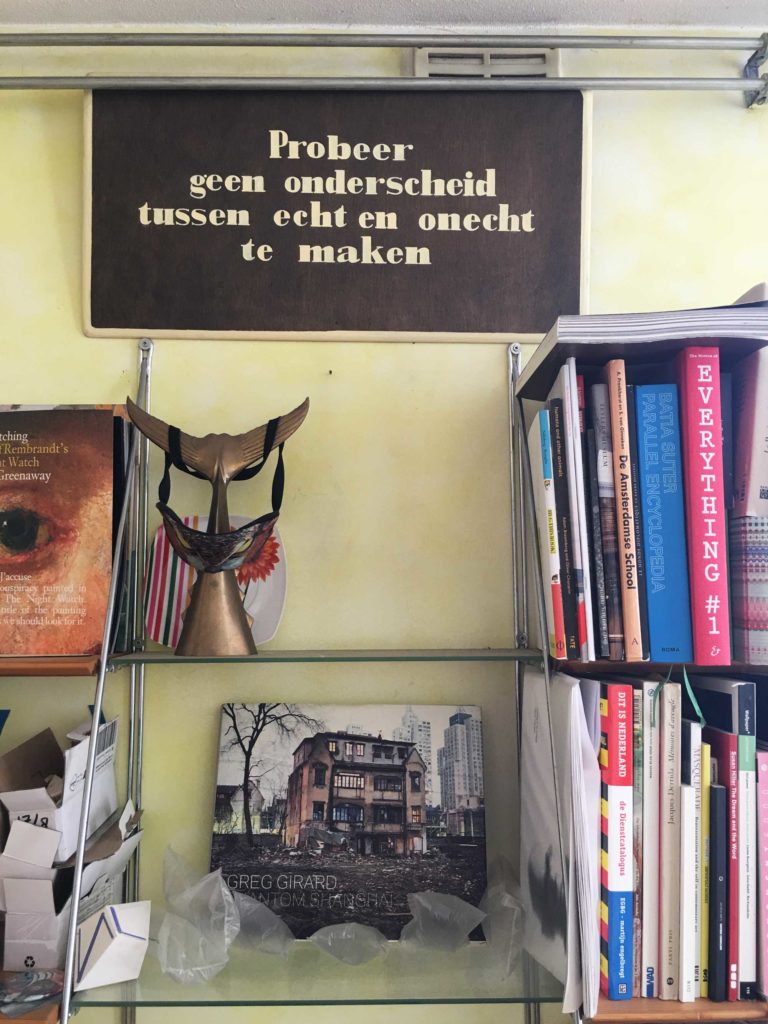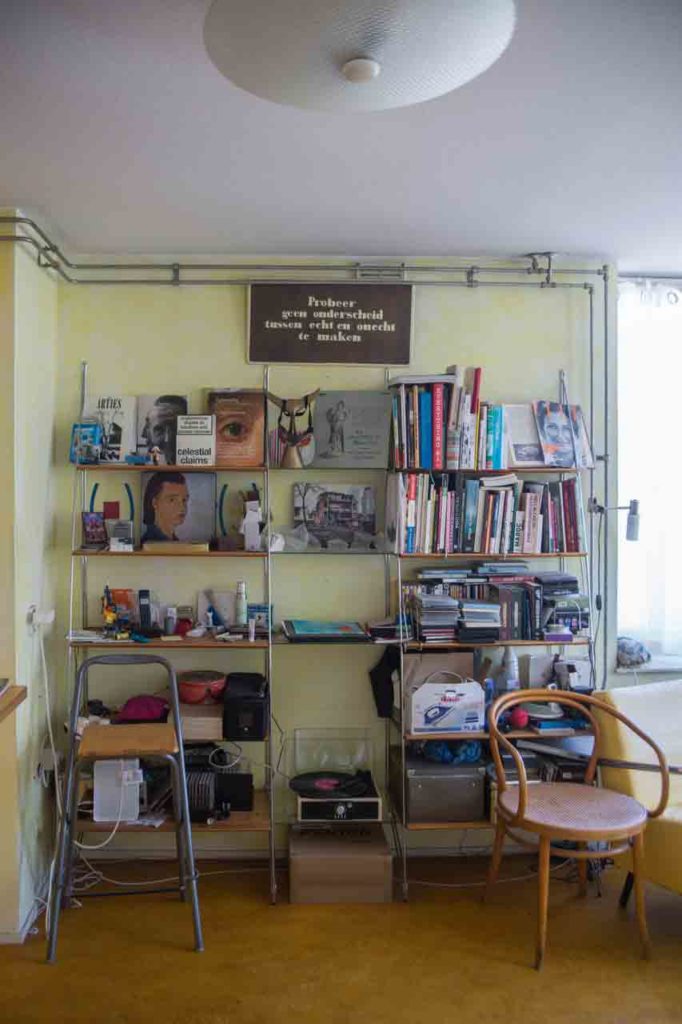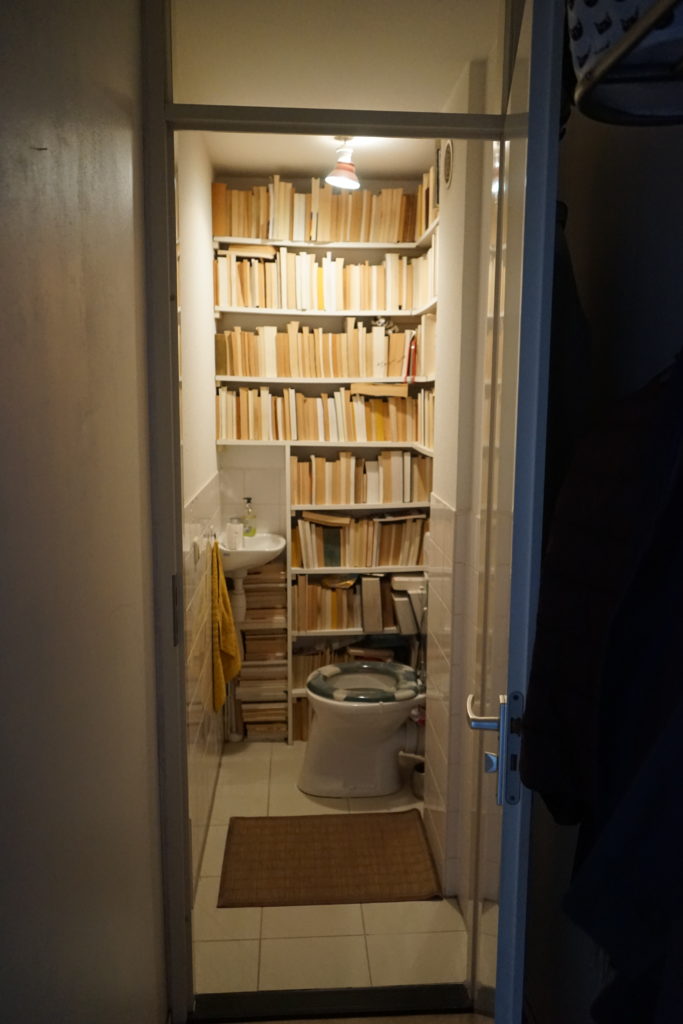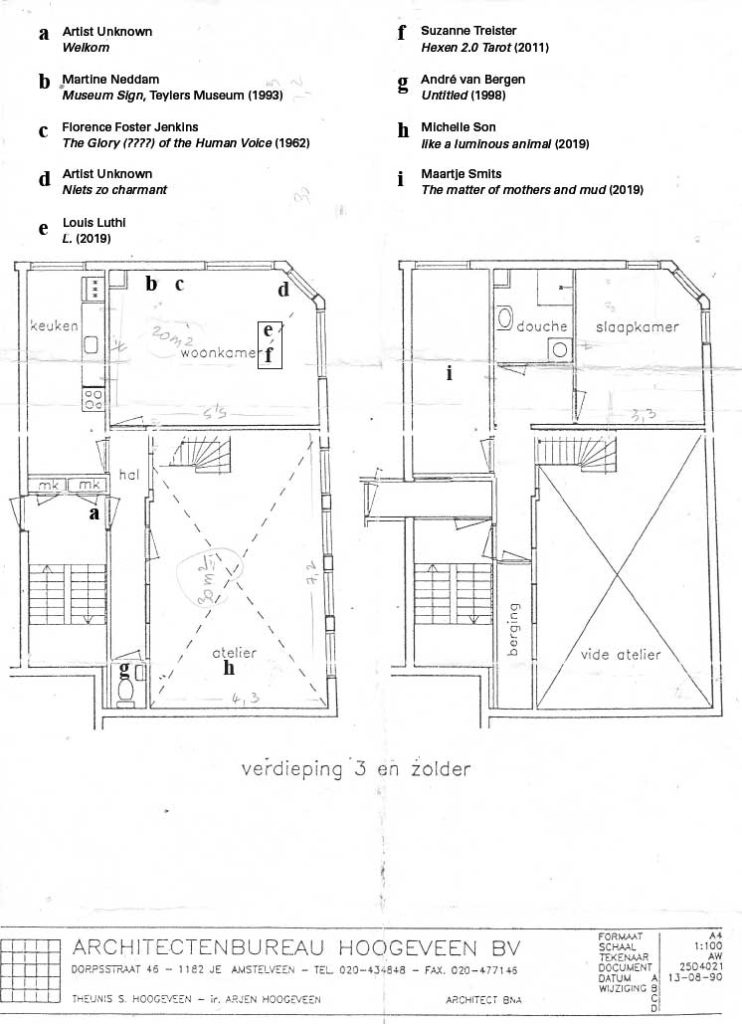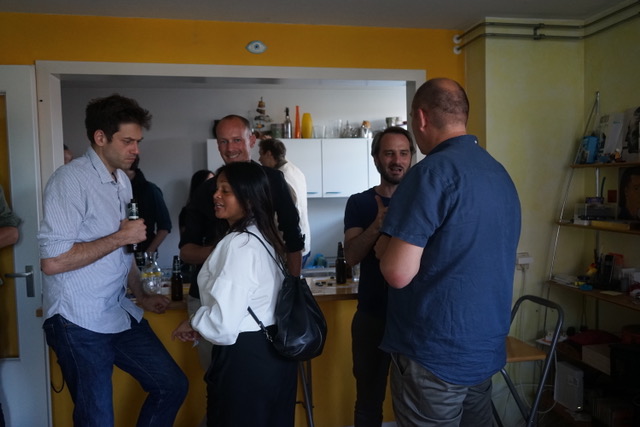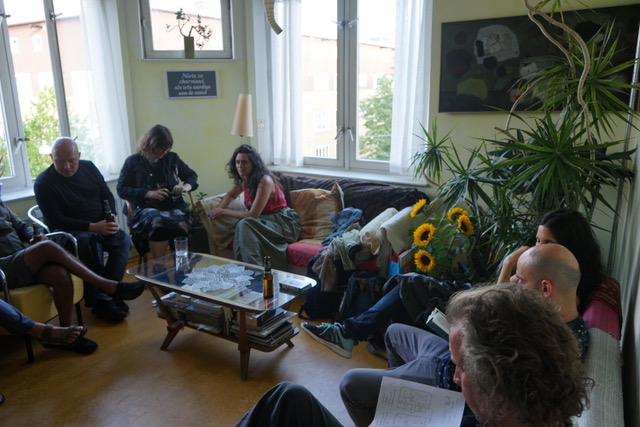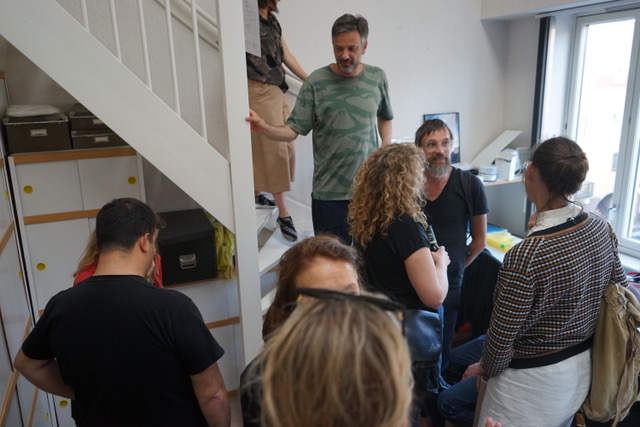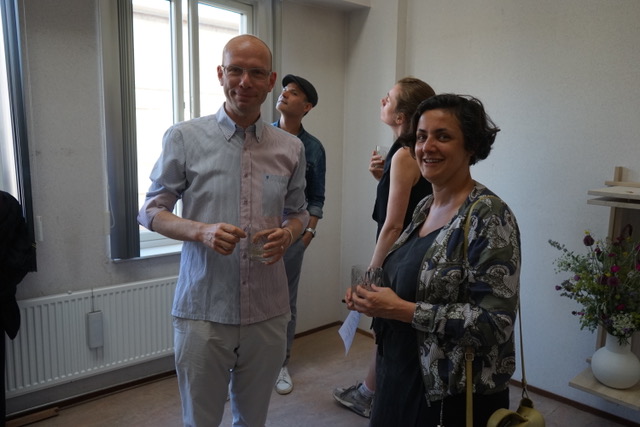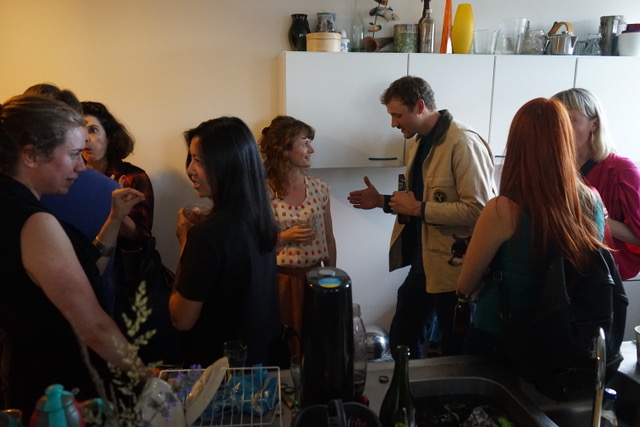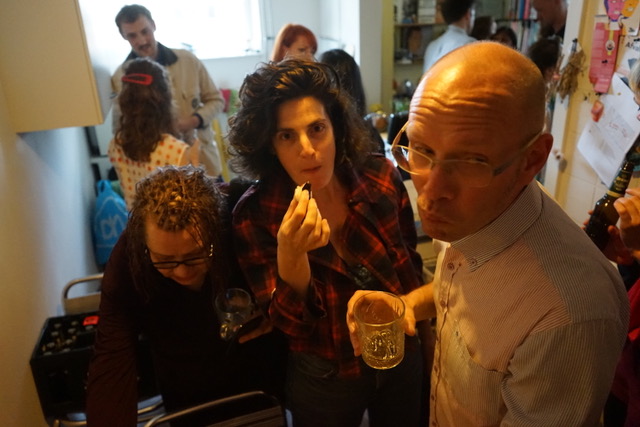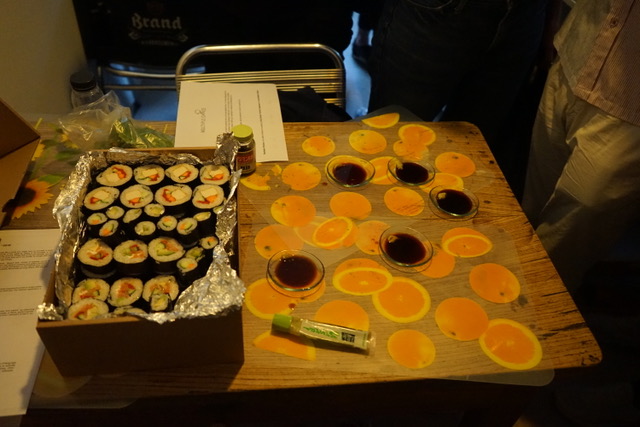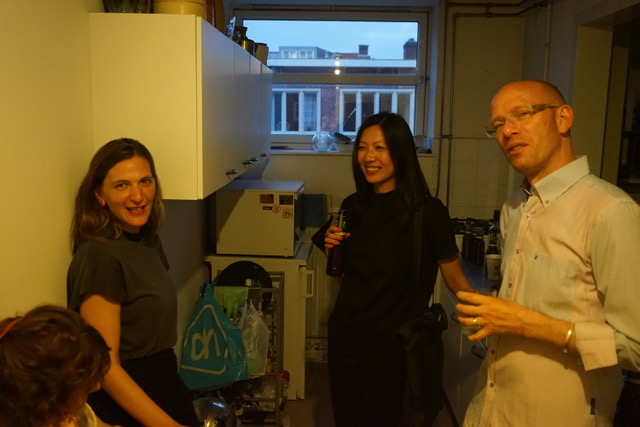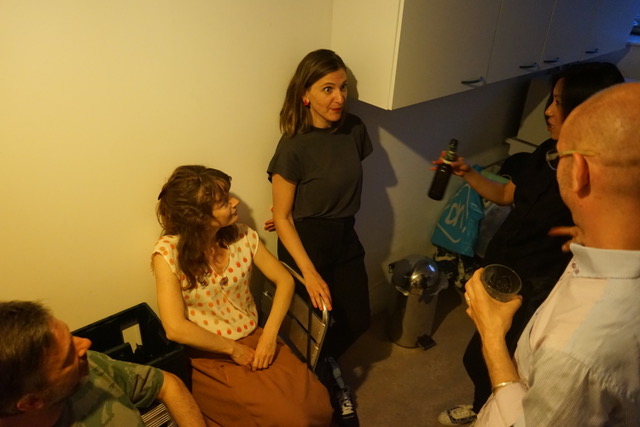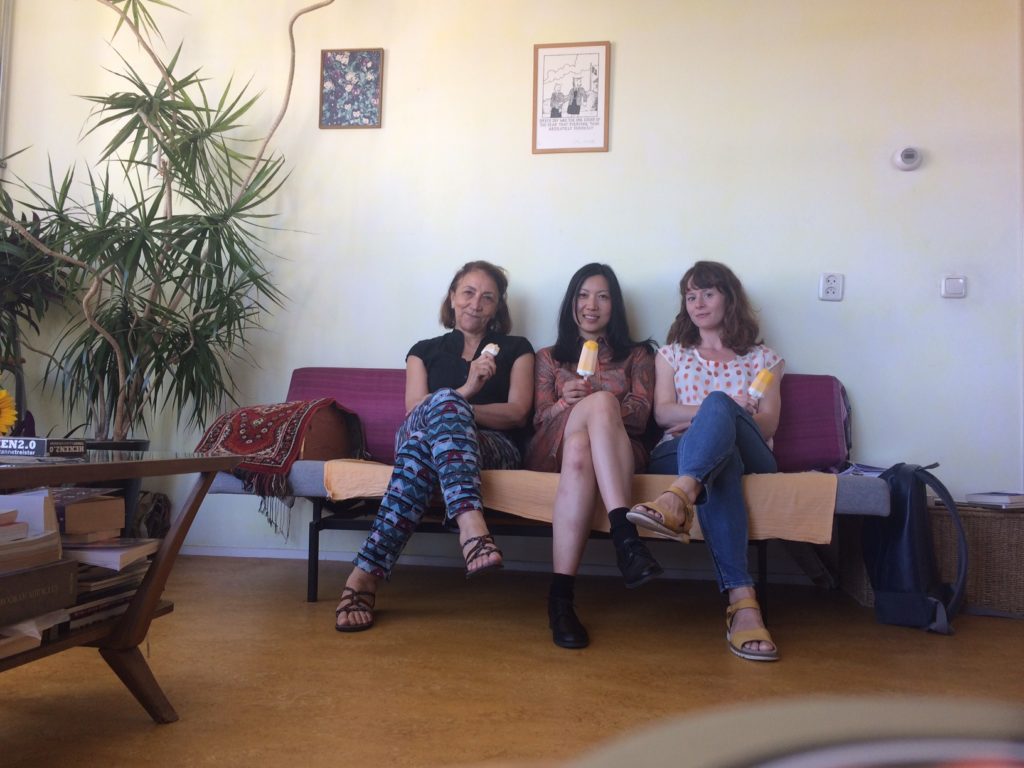ONLINE EVENT
Cultural Matter: Diana McCarty on A Techno-Feminist alphabet: From Cyberfeminism to Xenofeminism
We are glad to invite you to the online event of Cultural Matter: Diana McCarty on A Techno-Feminist alphabet: From Cyberfeminism to Xenofeminism (Pt.II) on Wednesday 1 April, 8 pm.
The lecture by Diana McCarty will be live streamed online, followed by a conversation between artist Martine Neddam and Diana McCarty with a public Q&A moderated by Sanneke Huisman afterwards. Please subscribe to our YouTube channel where we will stream the lecture.
Diana McCarty
Independent media producer and feminist media activist Diana McCarty is a founding editor of reboot.fm, the award winning free artists’ radio in Berlin; a co-founder of the radio networks Radia Network (radia.fm) and 24/3 FM Radio Network Berlin; and of the FACES (faces-I) online community for women, among other initiatives. She co-initiated the exhibition Nervous Systems: Quantified Life and the Social Question, Haus der Kulturen der Welt, 2016, Berlin, and actively collaborates with the experimental media project Luta ca caba inda. As a cyberpunk in the 1990s, she was active in independent internet culture with nettime, the MetaForum conference series, and different hacking spaces. Her work revolves around art, gender, politics, radical feminism, technology, and media.
Cultural Matter: Martine Neddam
The history of online identities is tightly interwoven with the rise of the internet – the free and open space where you could be anyone you wanted to be. What role did – and do – artists play in this? How do they develop and manifest characters online? Early net artist Martine Neddam has been creating online personas that work with public feedback since 1996, far before the establishment of social media. Mouchette, David Still, Xiao Qian are all characters that she created anonymously. This edition of Cultural Matter 2019-20, you will get to know Neddam’s latest virtual persona that has been active as an online curator.
Event
Cultural Matter: Diana McCarty on A Techno-Feminist alphabet:
From Cyberfeminism to Xenofeminism (Pt.II)
Wednesday 1 April, 8.00 PM, online
Please subscribe to our YouTube channel
Attend the Facebook event
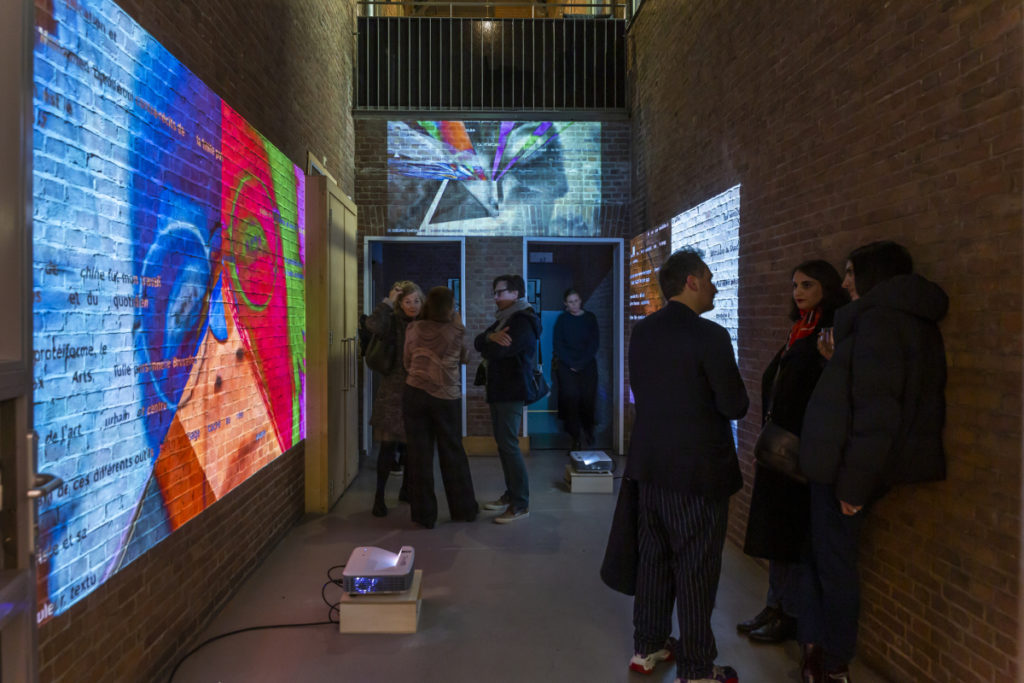
Madja Edelstein-Gomez
Madja Edelstein-Gomez (1960, Montevideo, Uruguay) is an independent curator who has curated several large thematic exhibitions (Bangalore, Buenos Aires, Prague, Tbilisi, Toronto). Edelstein-Gomez currently lives in Kuala Lumpur and Paris. She is also an activist working with several NGOs. Edelstein-Gomez created a manifesto and a group exhibition that revolves around the Recombinant, a concept where artificial intelligence and artists meet. Madja Edelstein-Gomez is the collaborative creation of Martine Neddam, Emmanuel Guez and Zombectro.
Martine Neddam
Martine Neddam is an artist, researcher and teaches at the Gerrit Rietveld Academy and the Sandberg Institute in Amsterdam. She uses language as raw material for her art, and many of her works center on the phenomena of speech acts, approaches to communication as well as to language and writing in public space. She has been working with virtual characters since 1996, the first and most famous one being Mouchette, a fictive thirteen-year-old that has meanwhile acquired cult status. Neddam’s virtual personae function as communications tools such that they have already facilitated the exchange between human beings via the medium of the artistic figure, and thereby anticipated the functionality of social media.
Cultural Matter
Cultural Matter is a series of exhibitions and events that provide a platform for the international discussion of digital art and aims to develop new strategies for the presentation and preservation of these artworks.
Also part of the Cultural Matter series: JODI, Jonas Lund, Rafaël Rozendaal, Amalia Ulman, Thomson & Craighead.
Curated by: Sanneke Huisman and Jan Robert Leegte.
This programme is supported by the AFK (Amsterdam Fund for the Arts) and Stichting Niemeijer Fonds.
